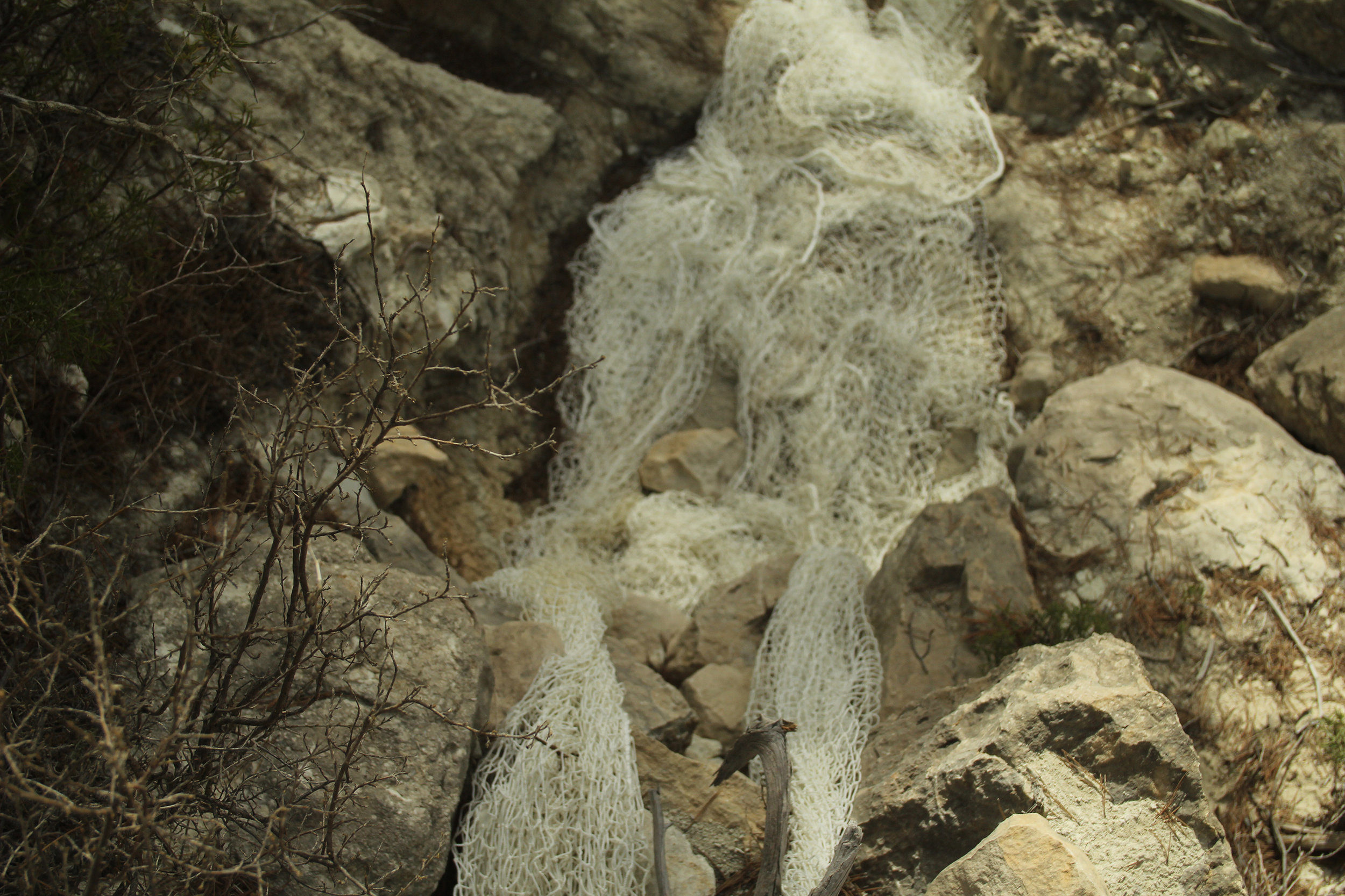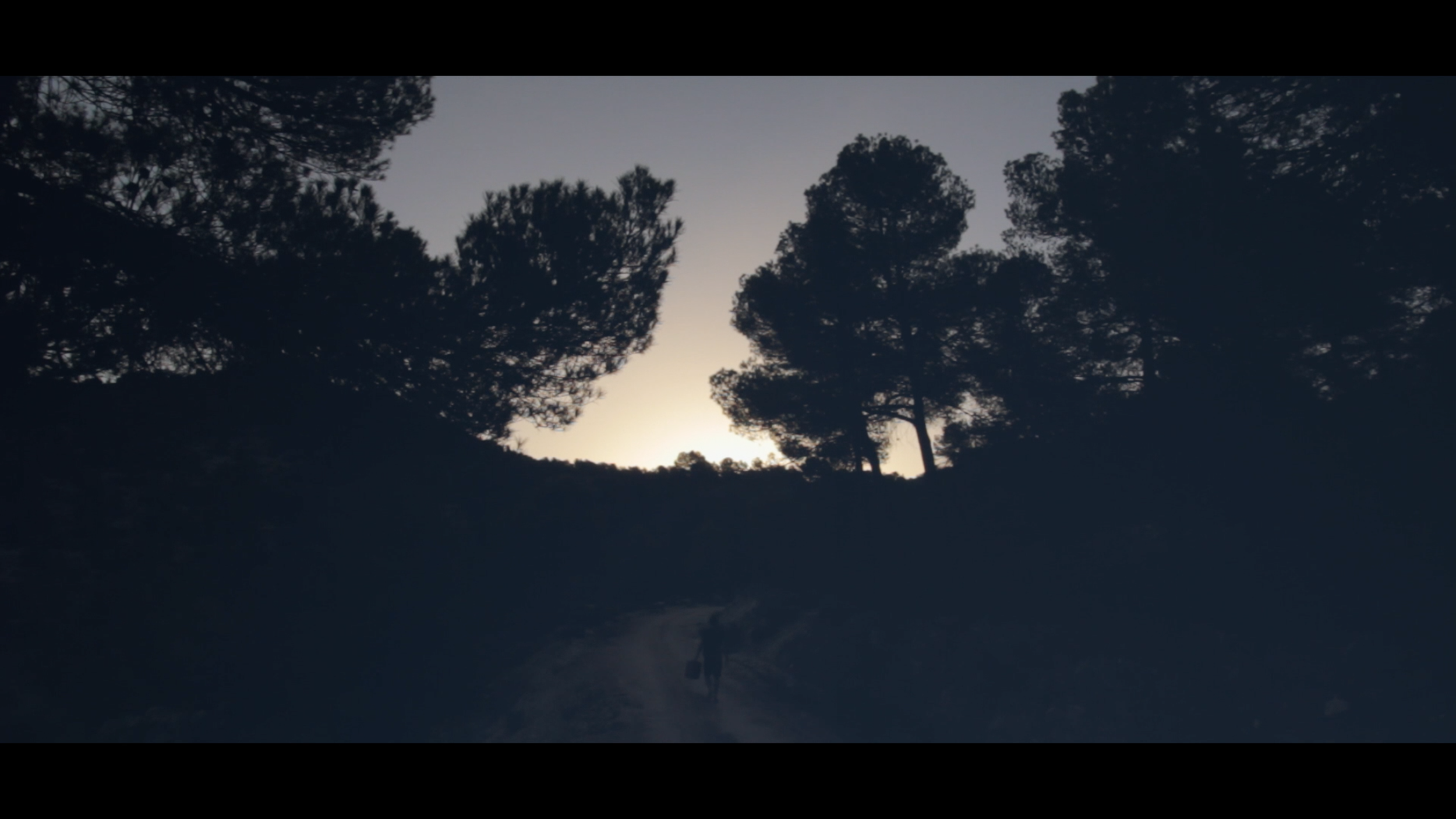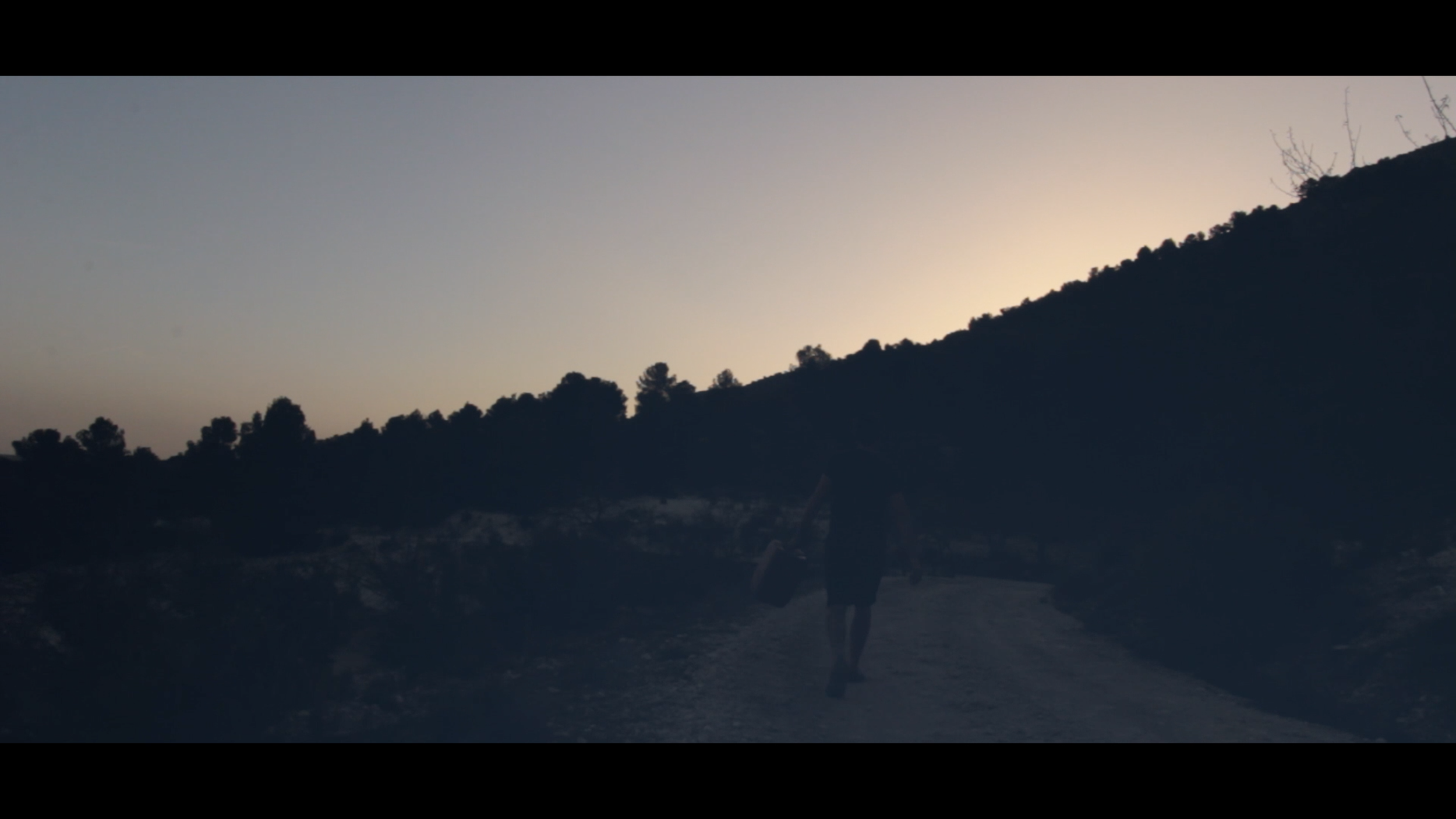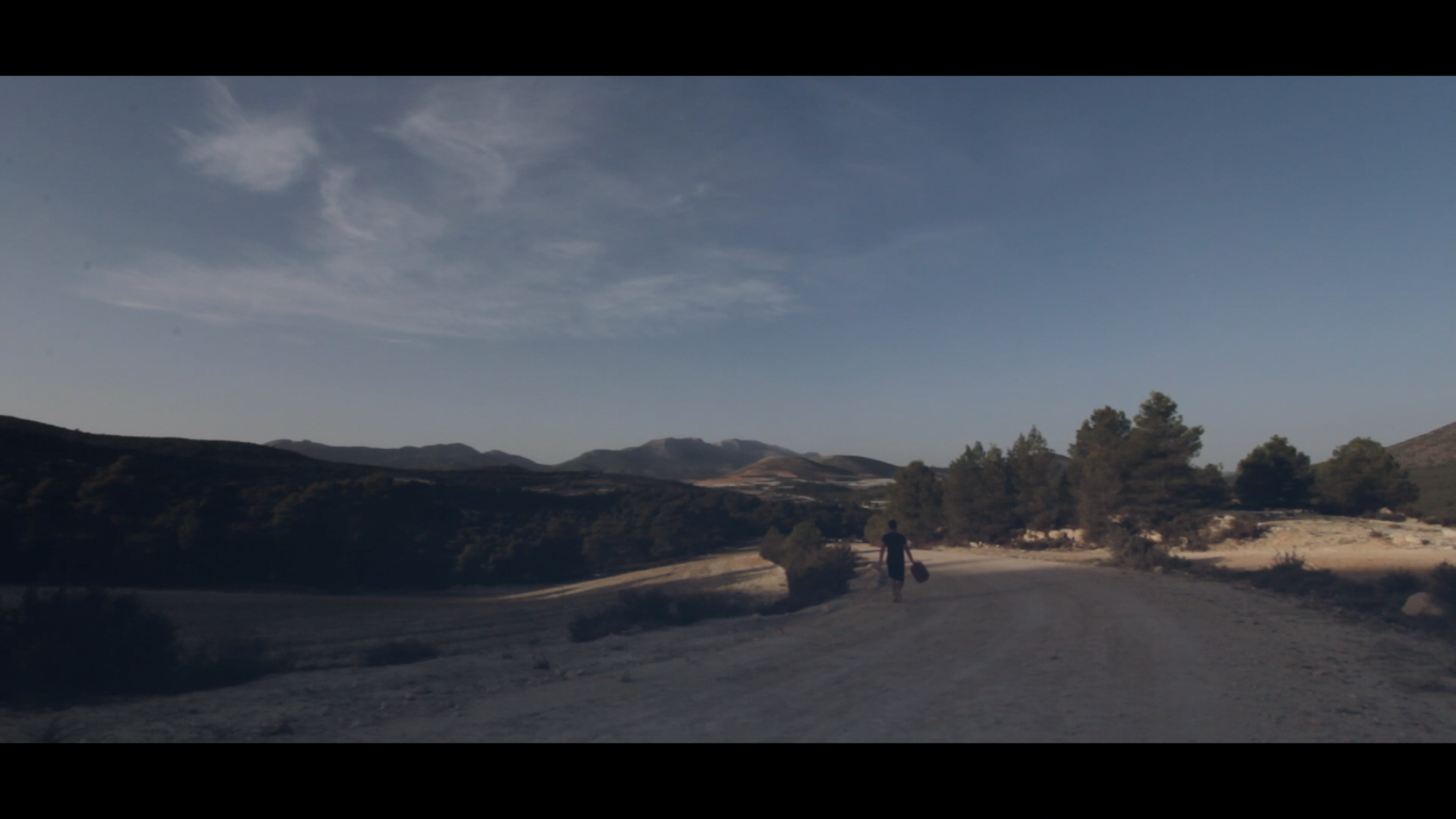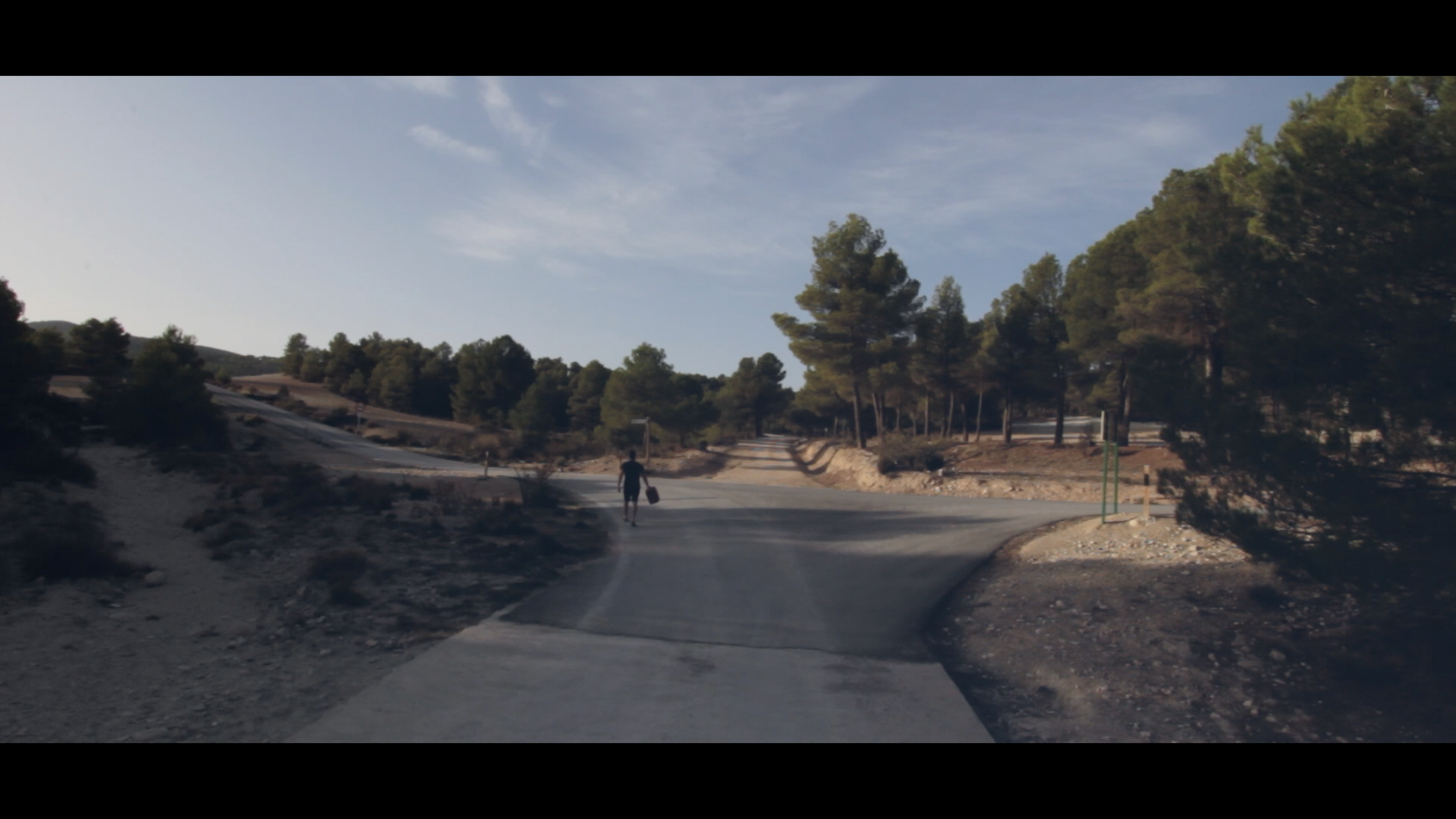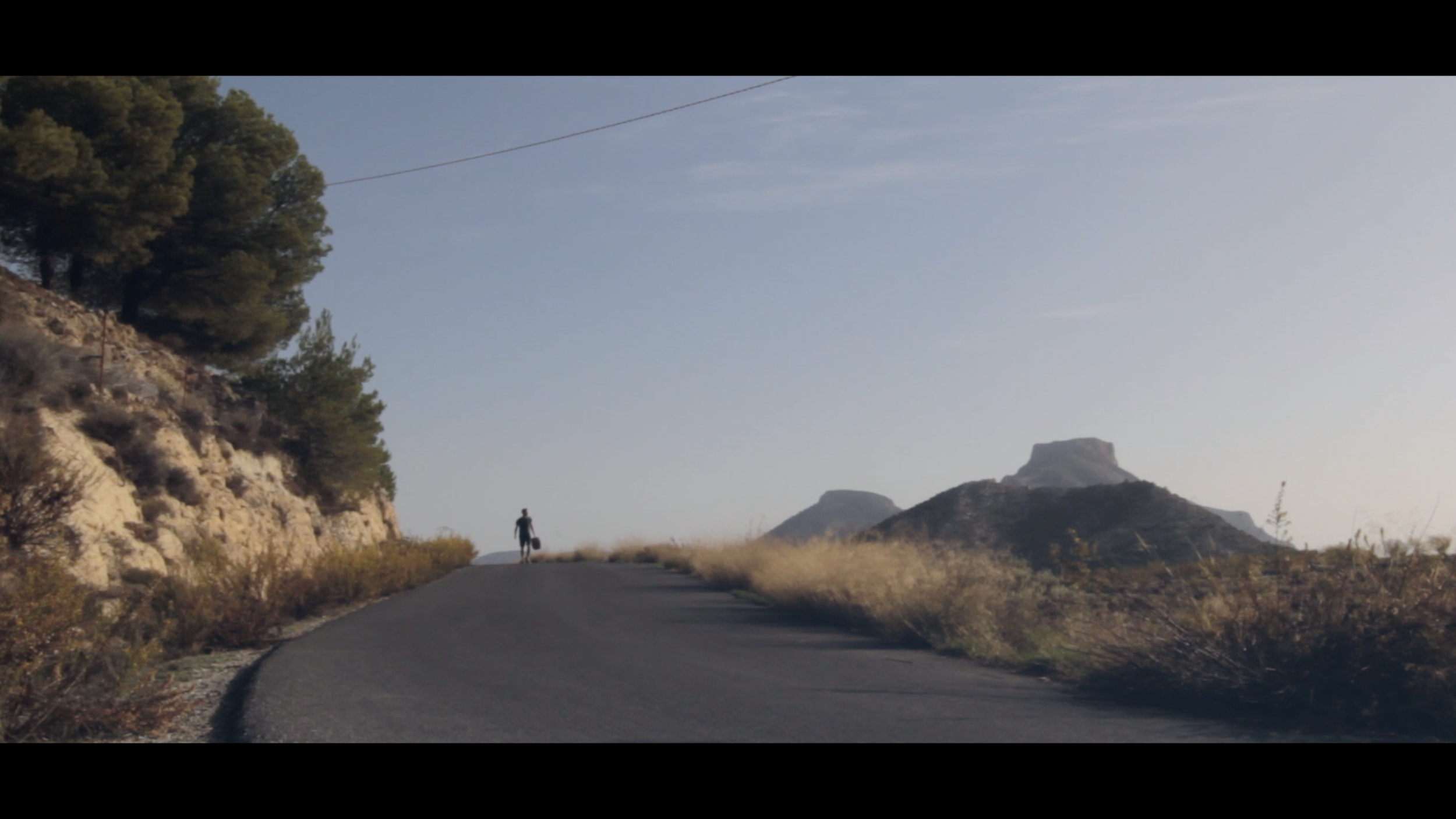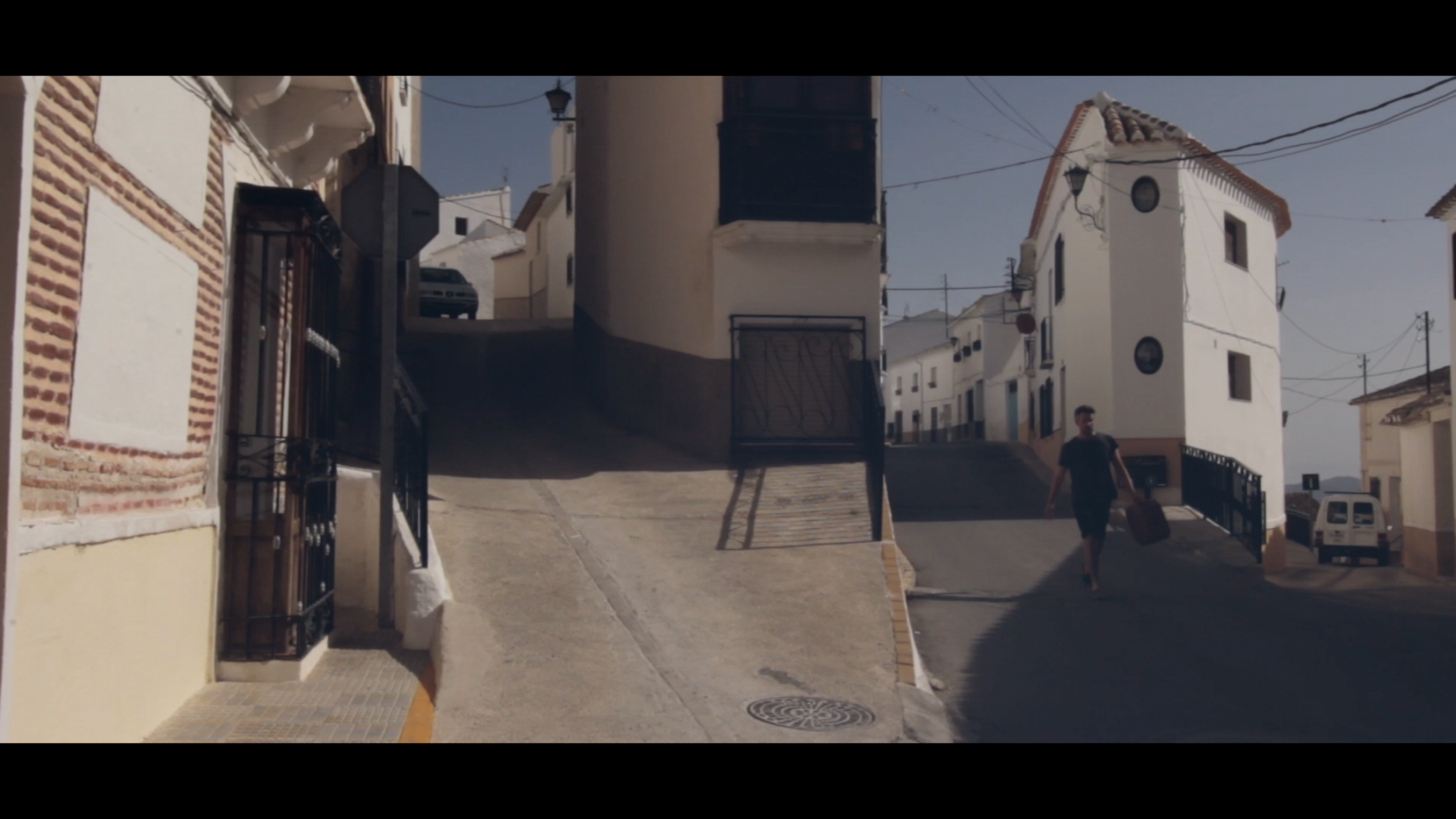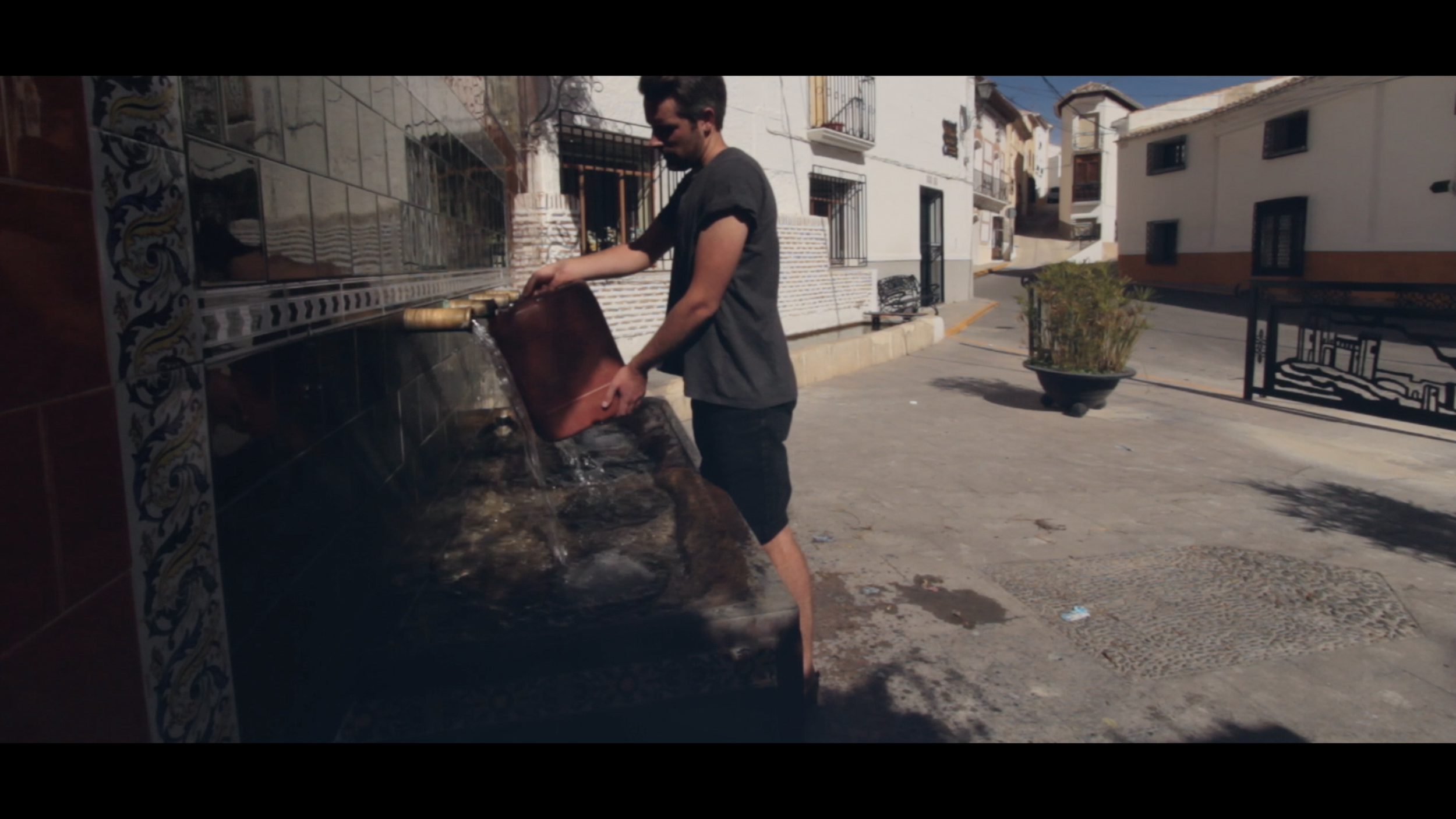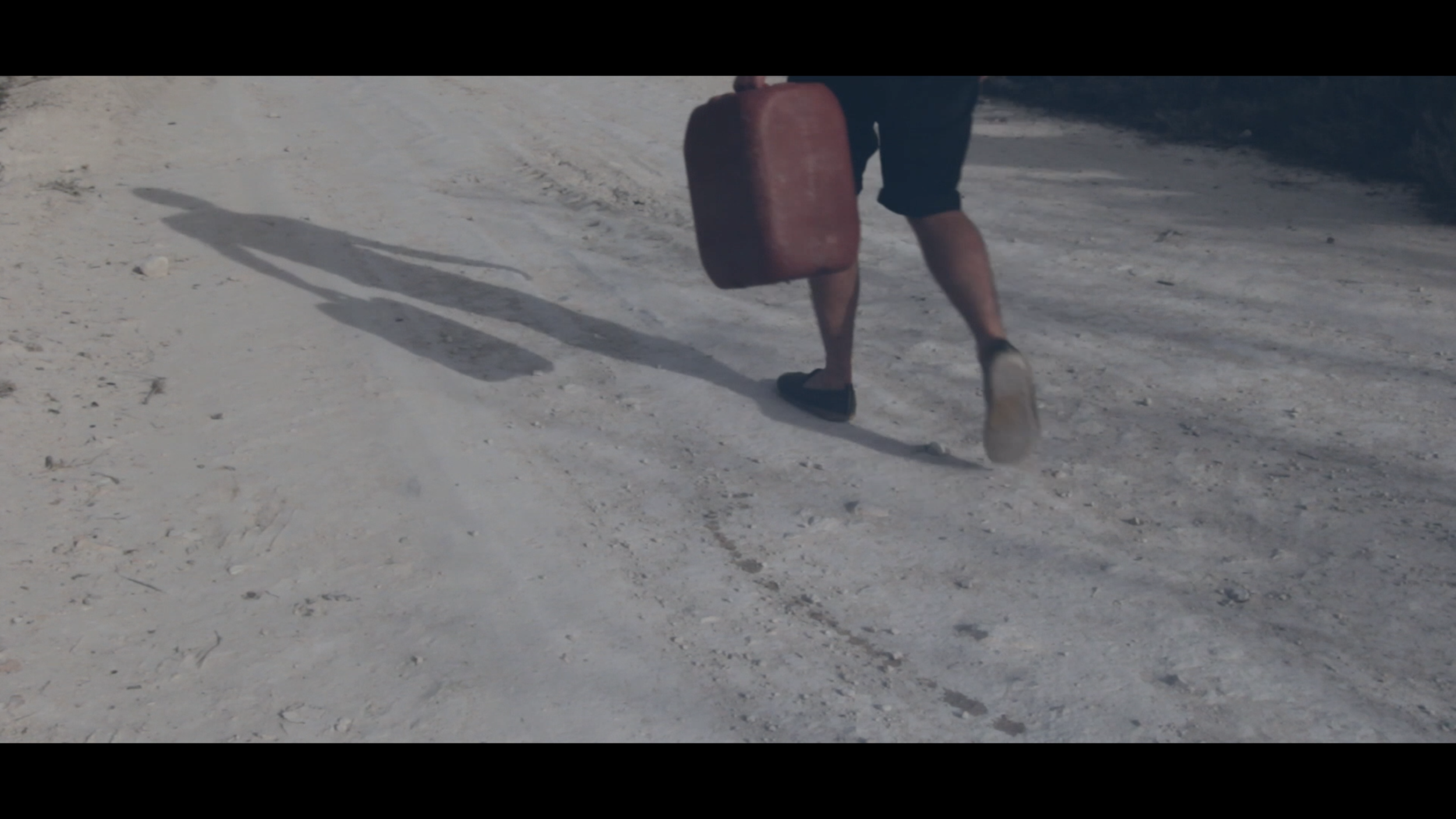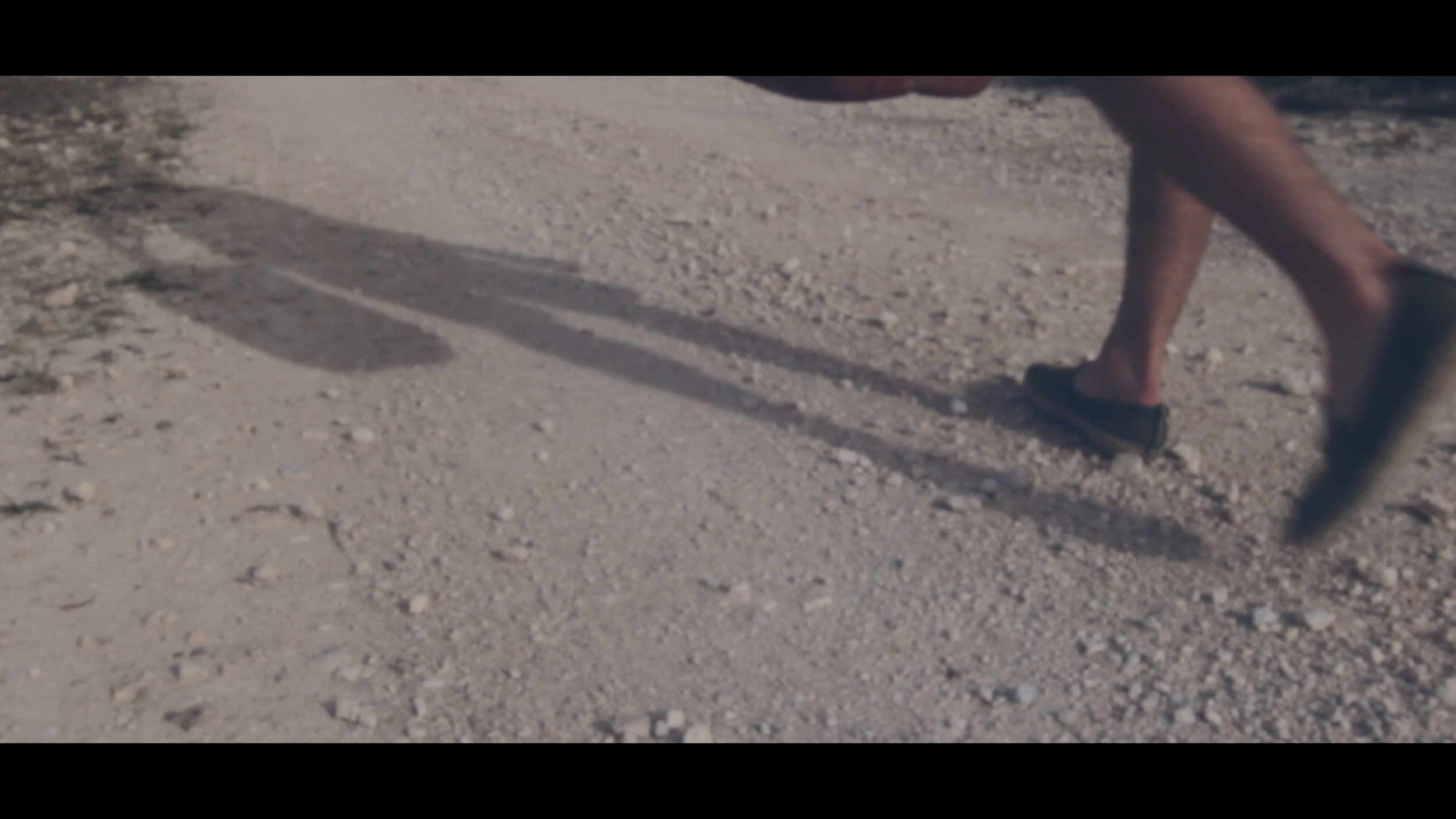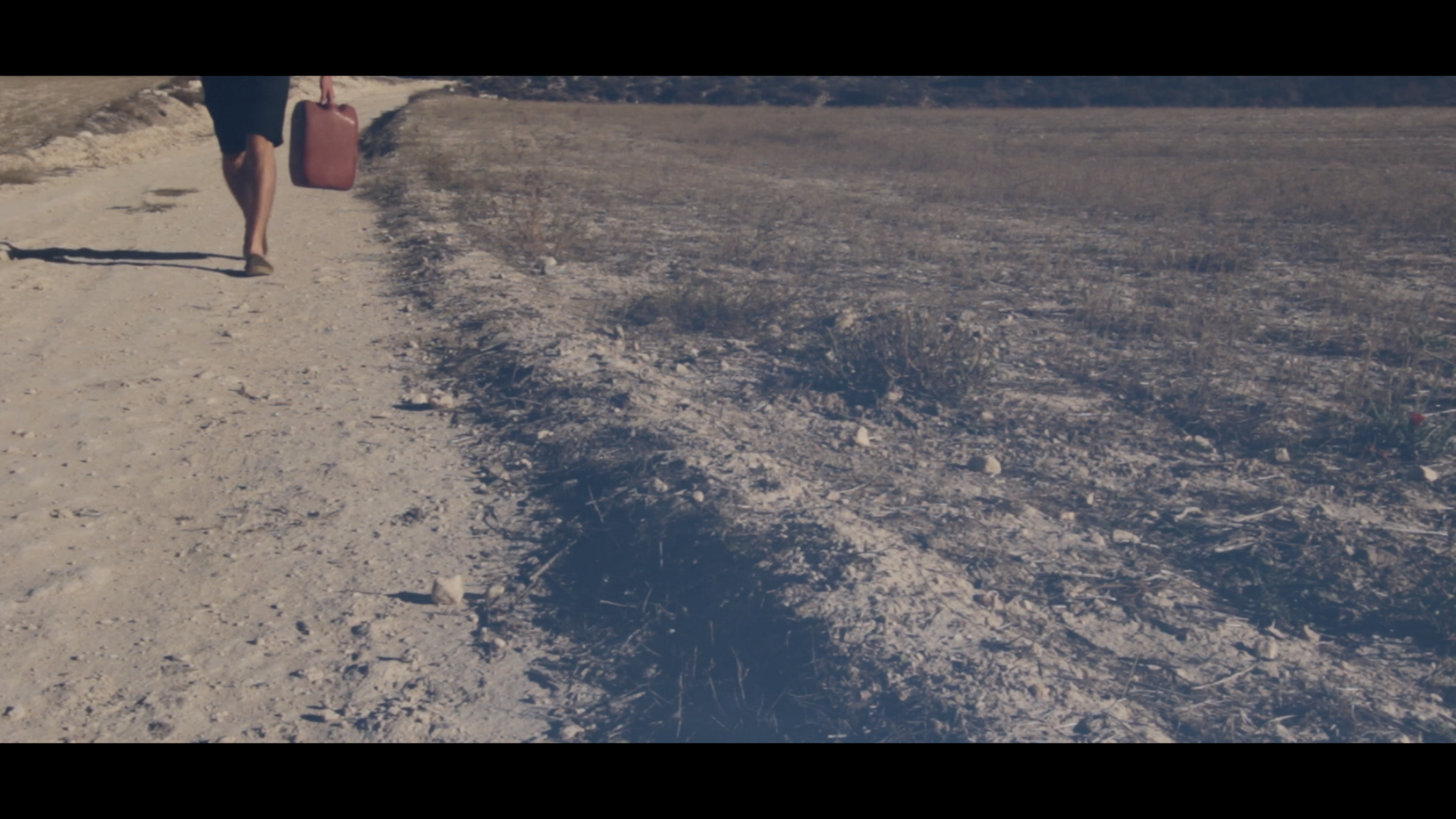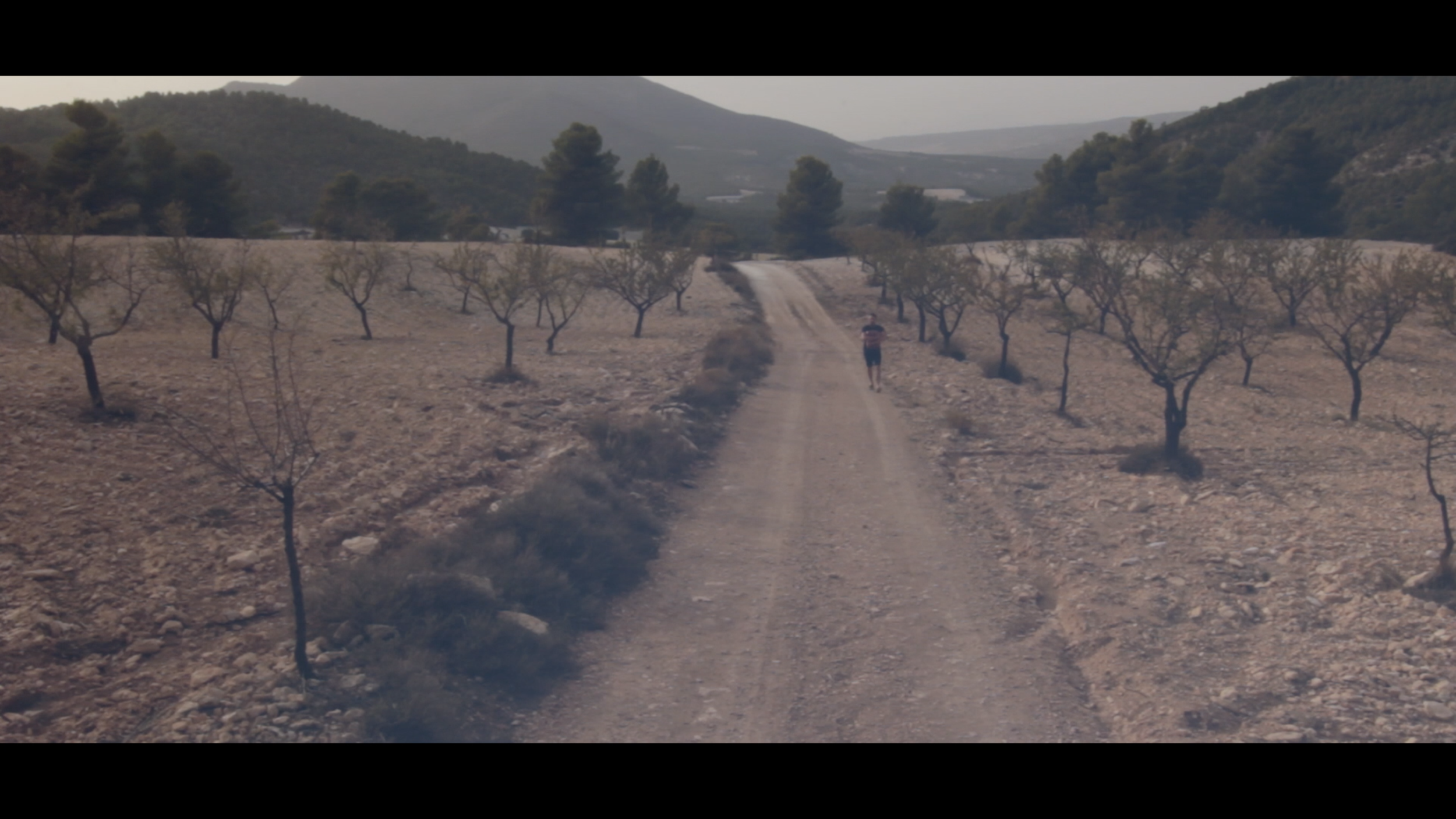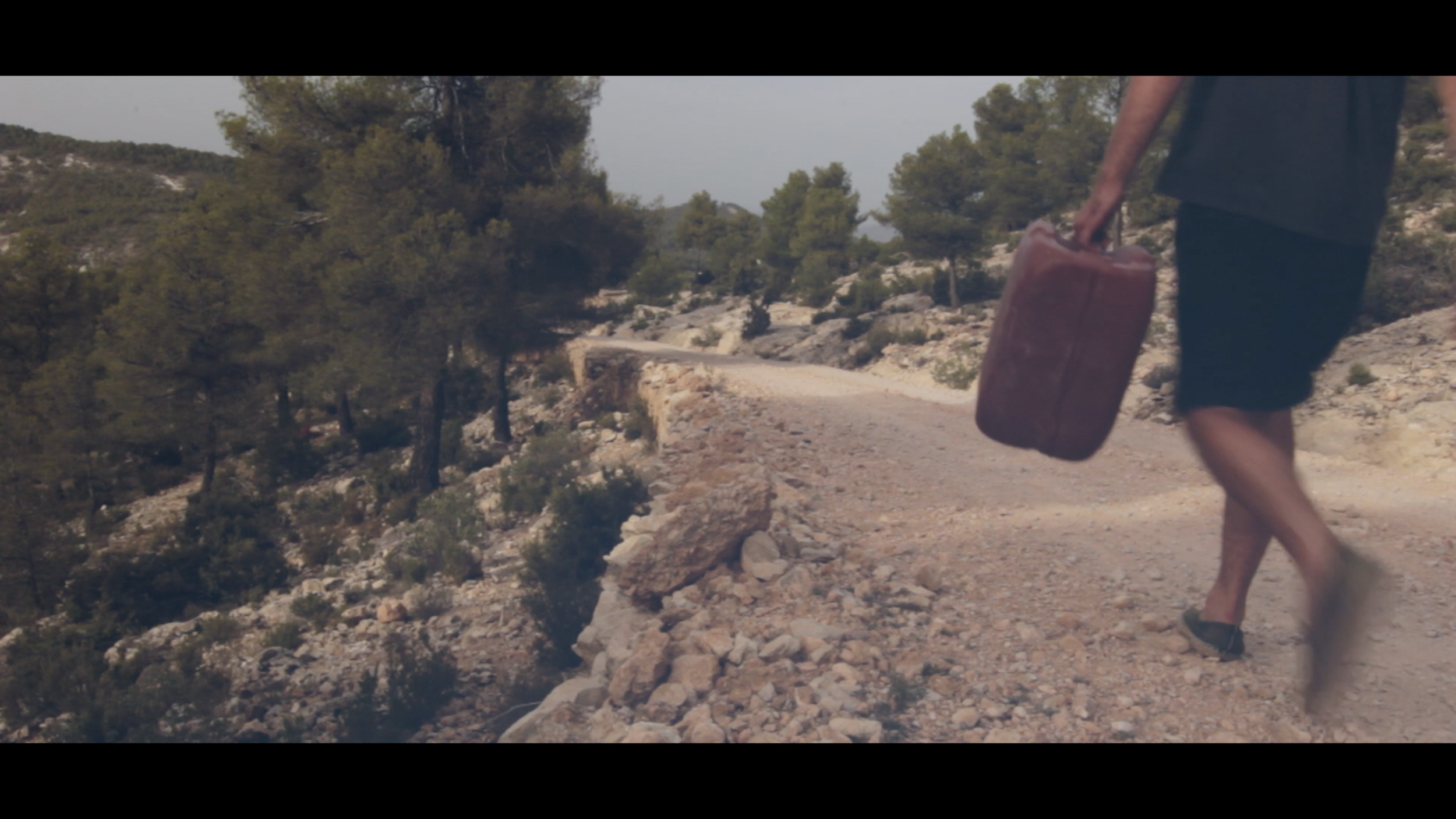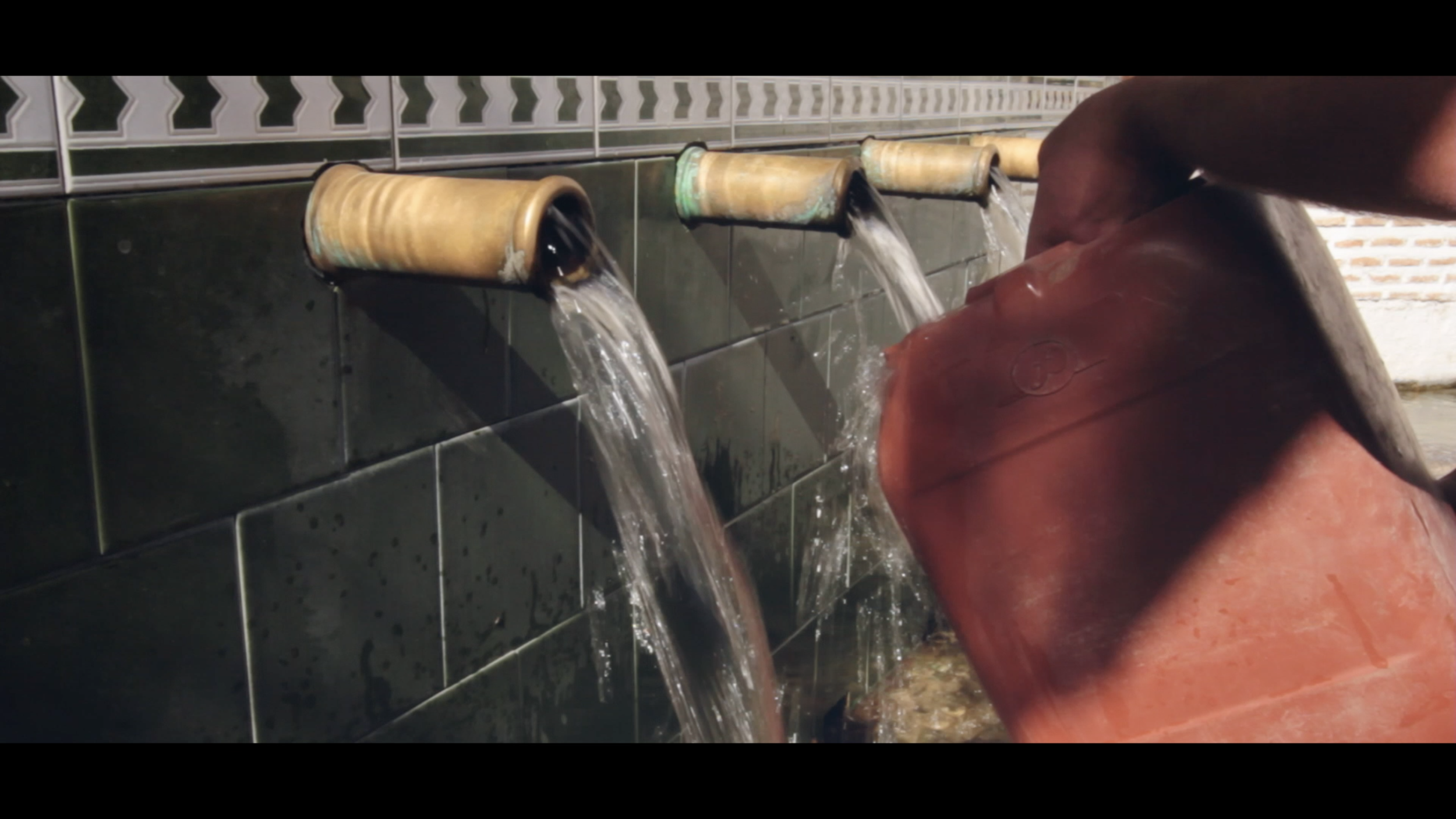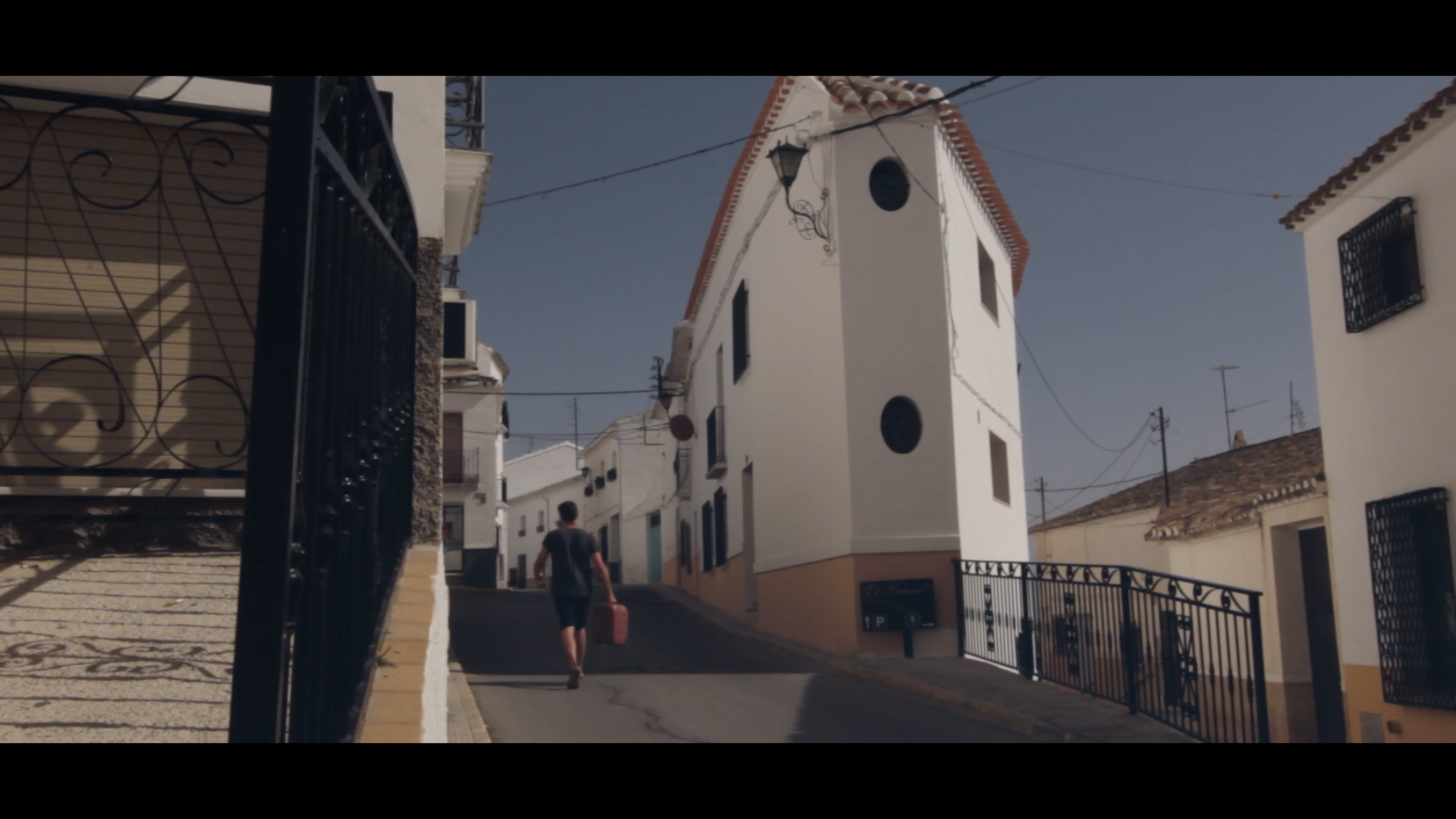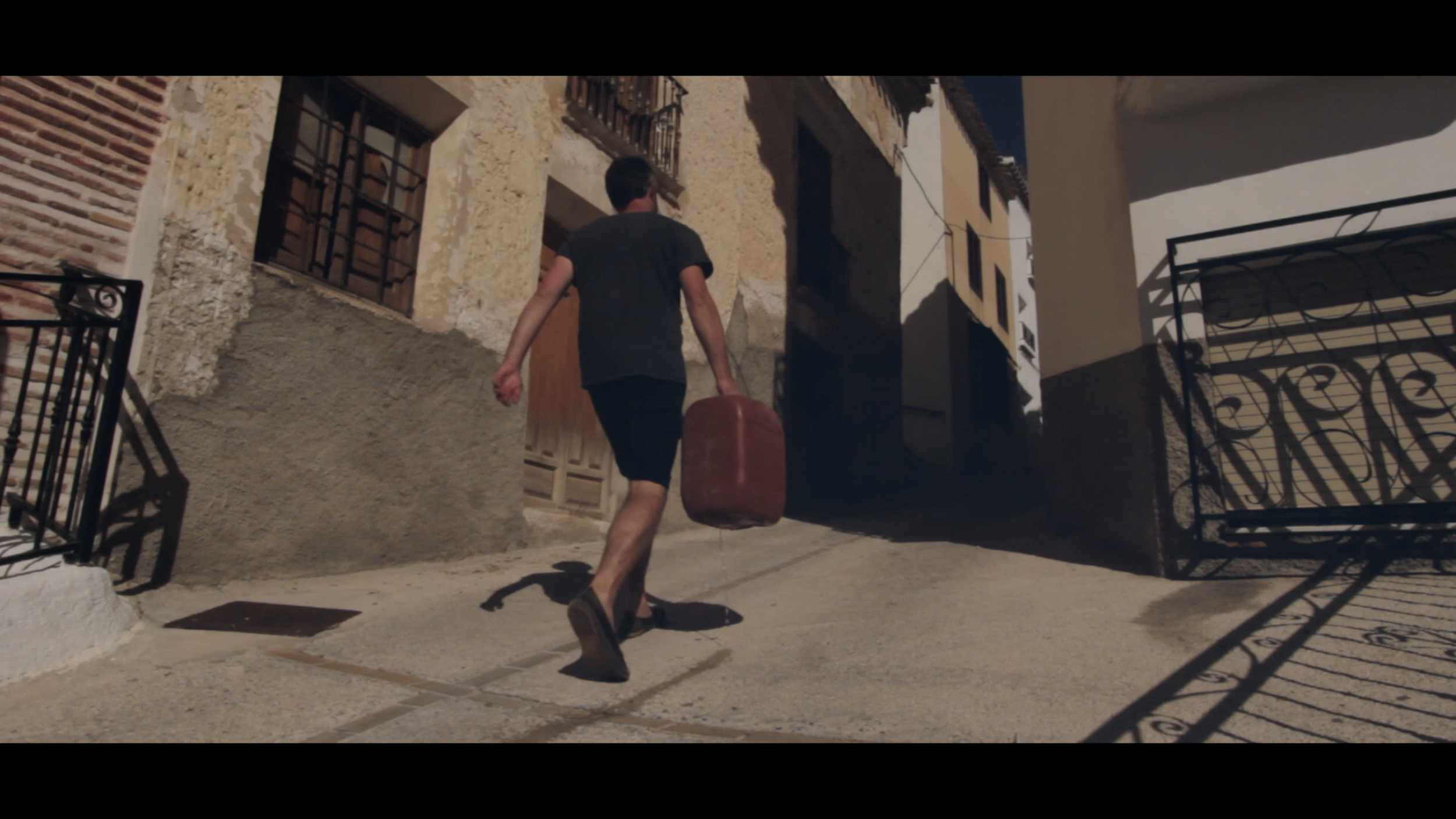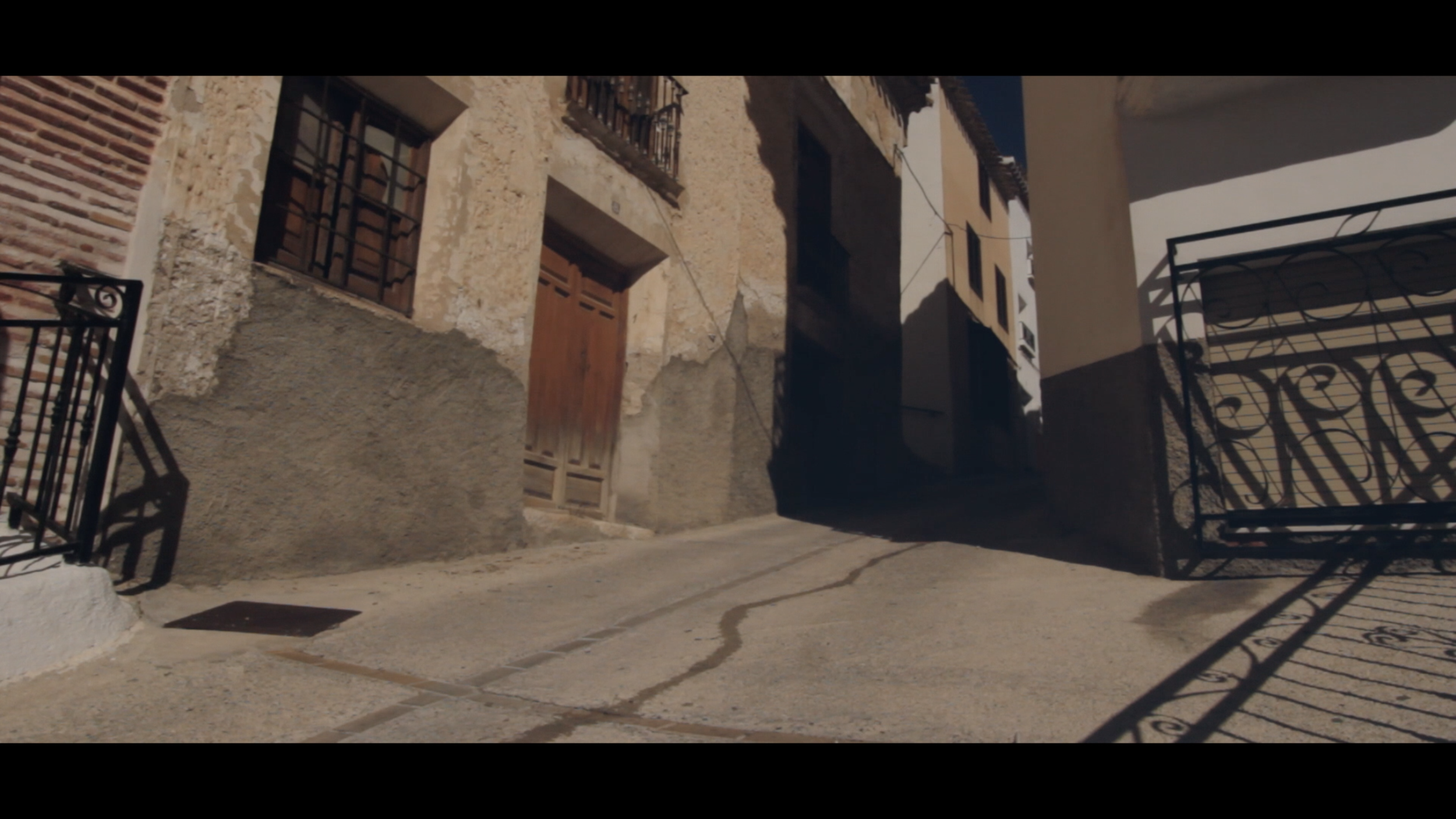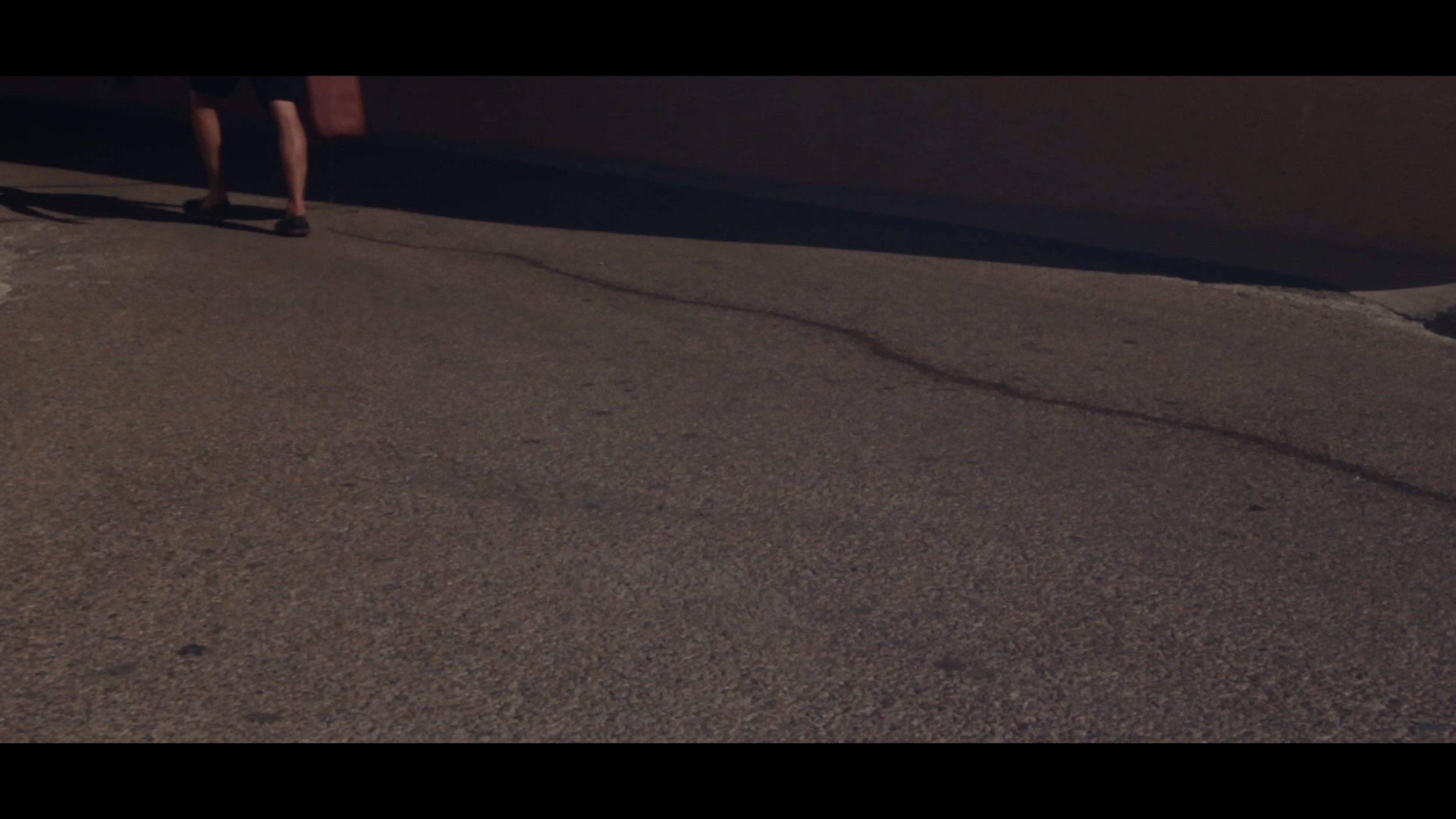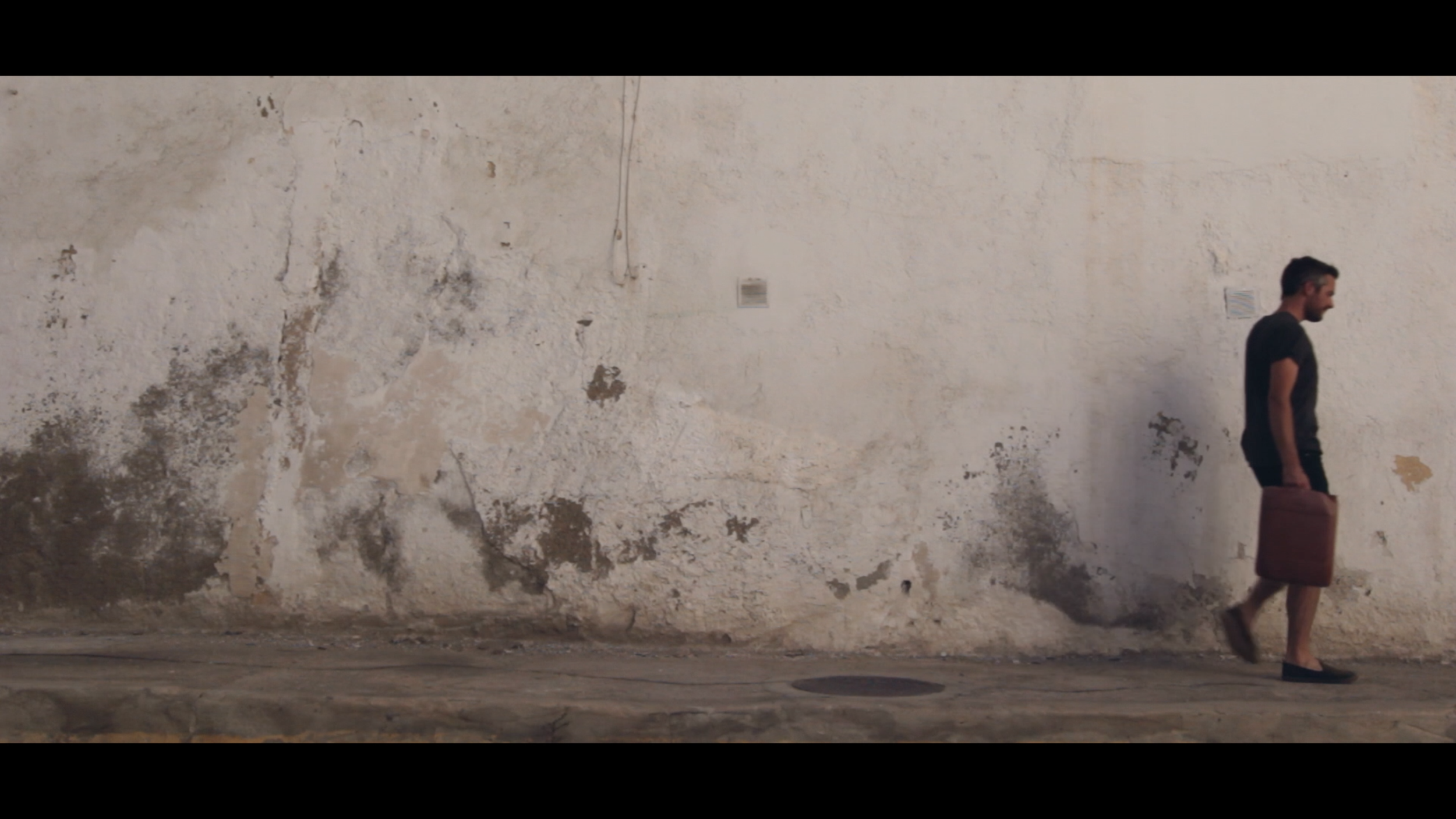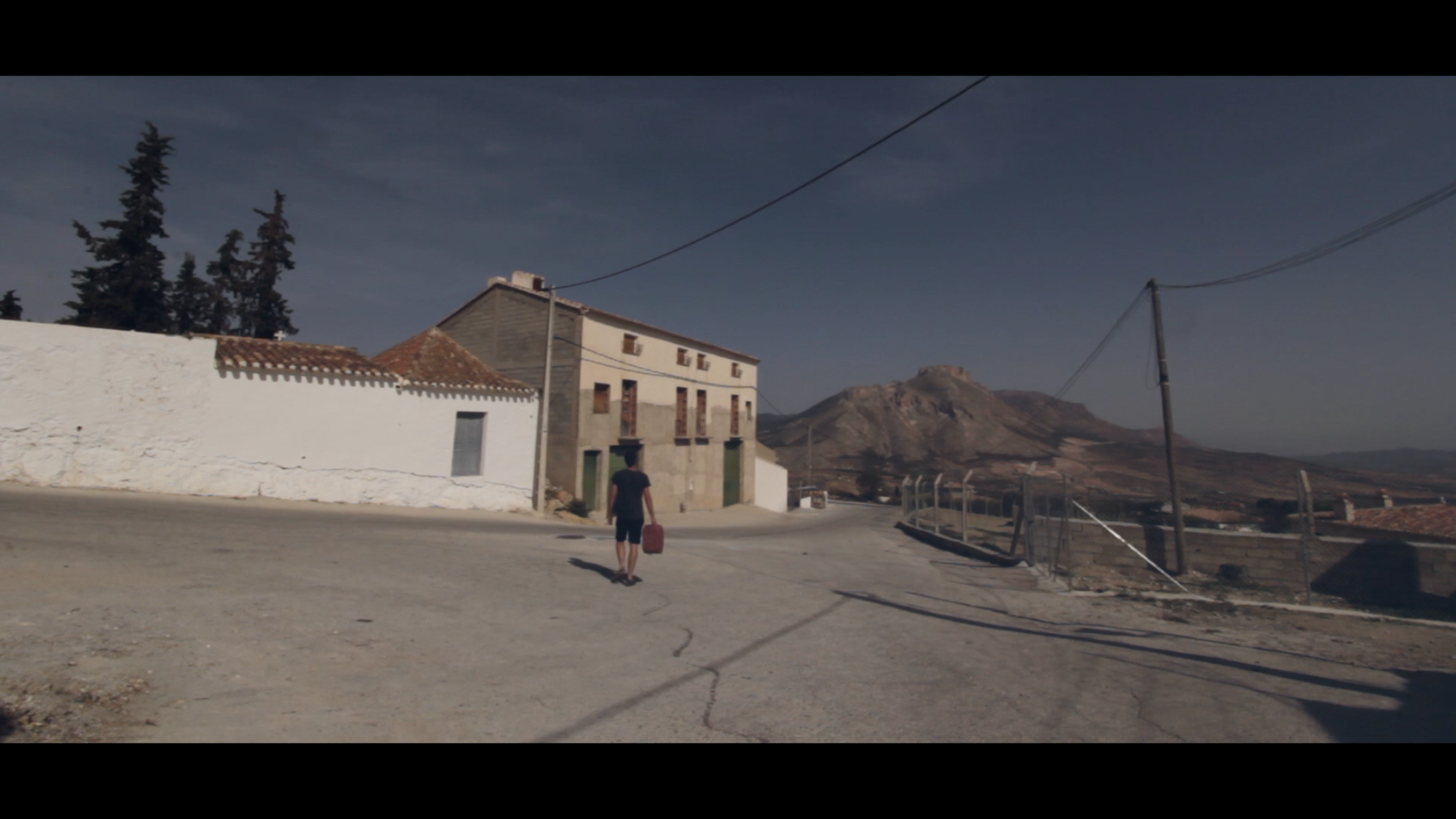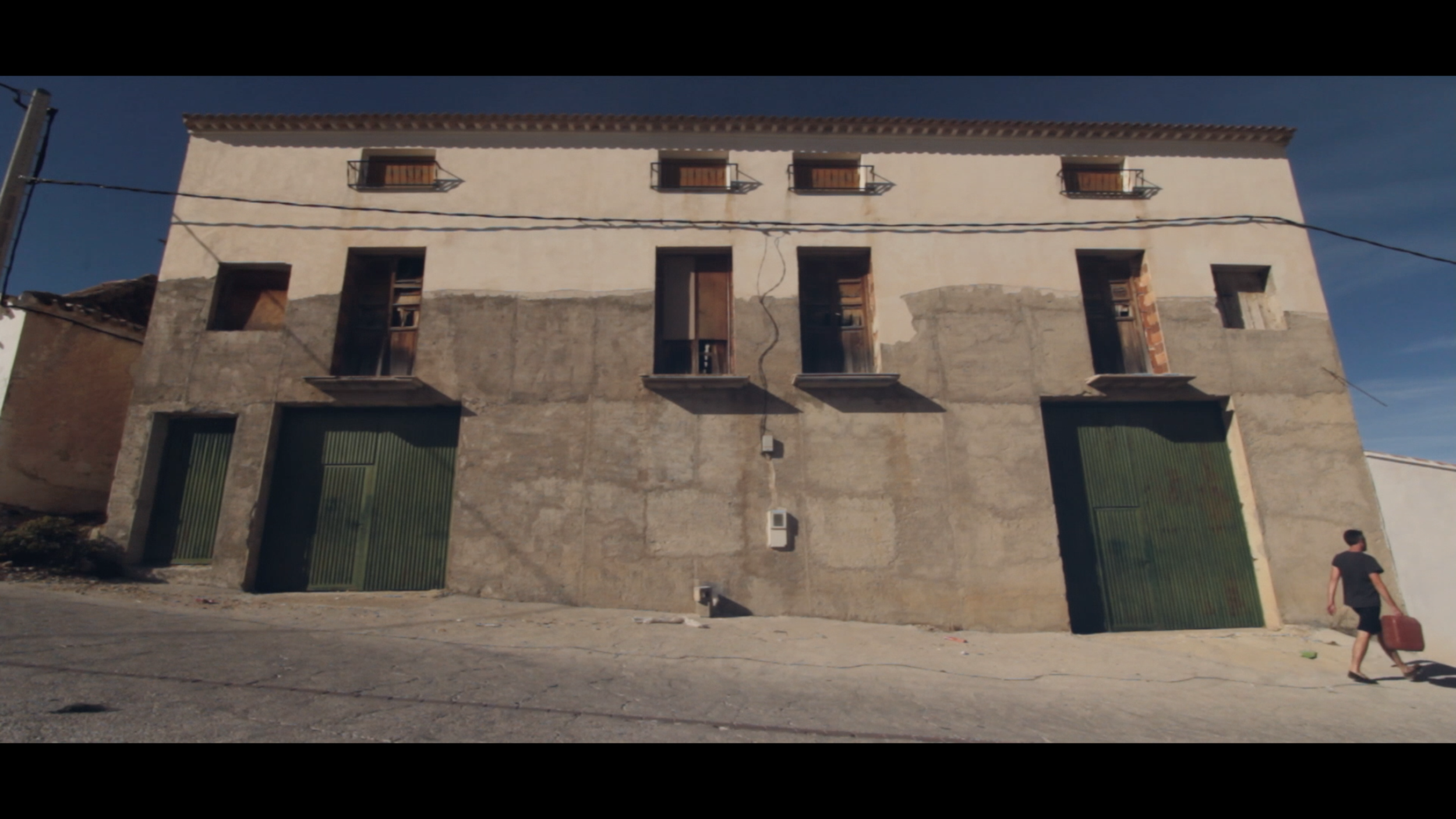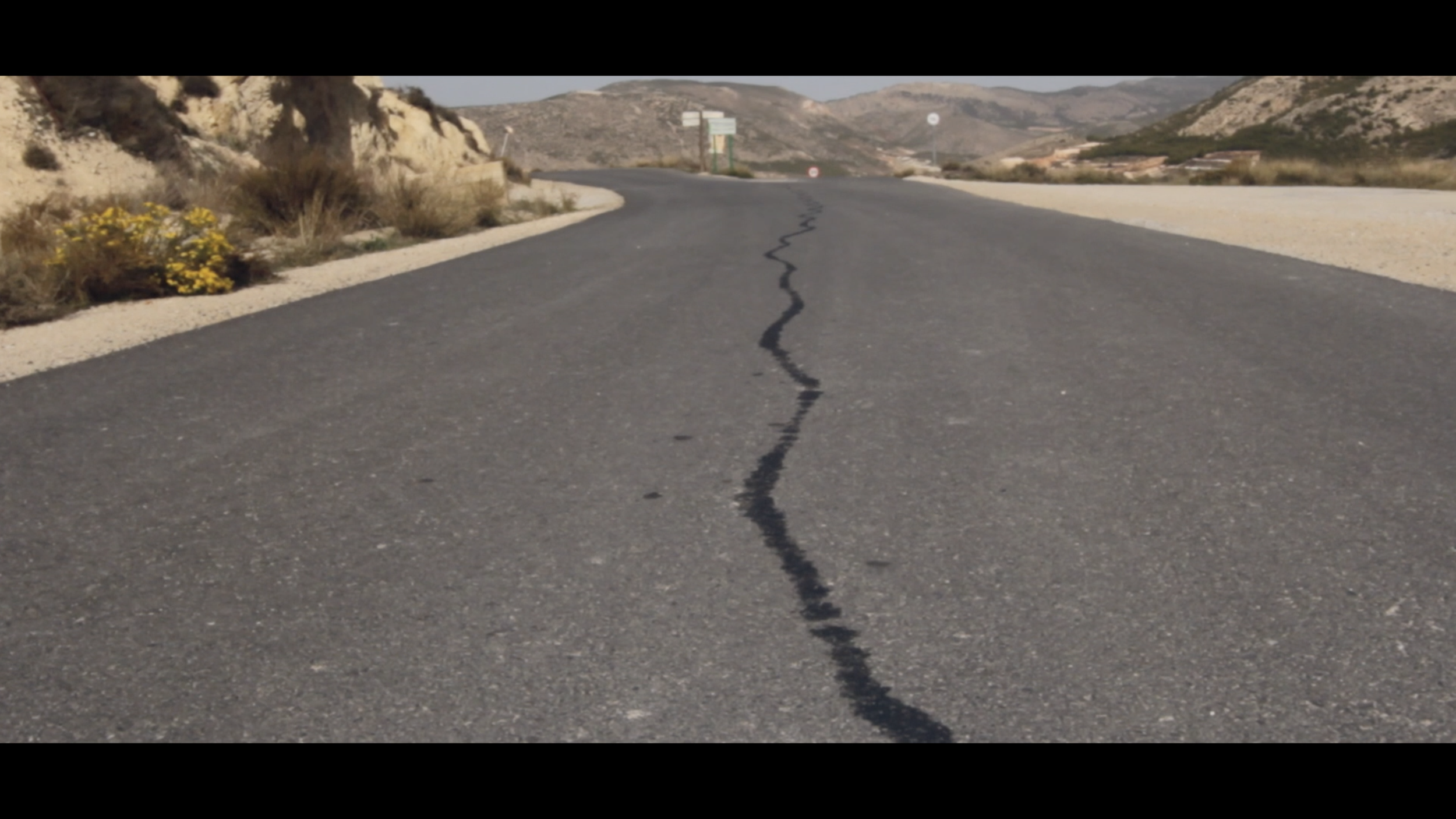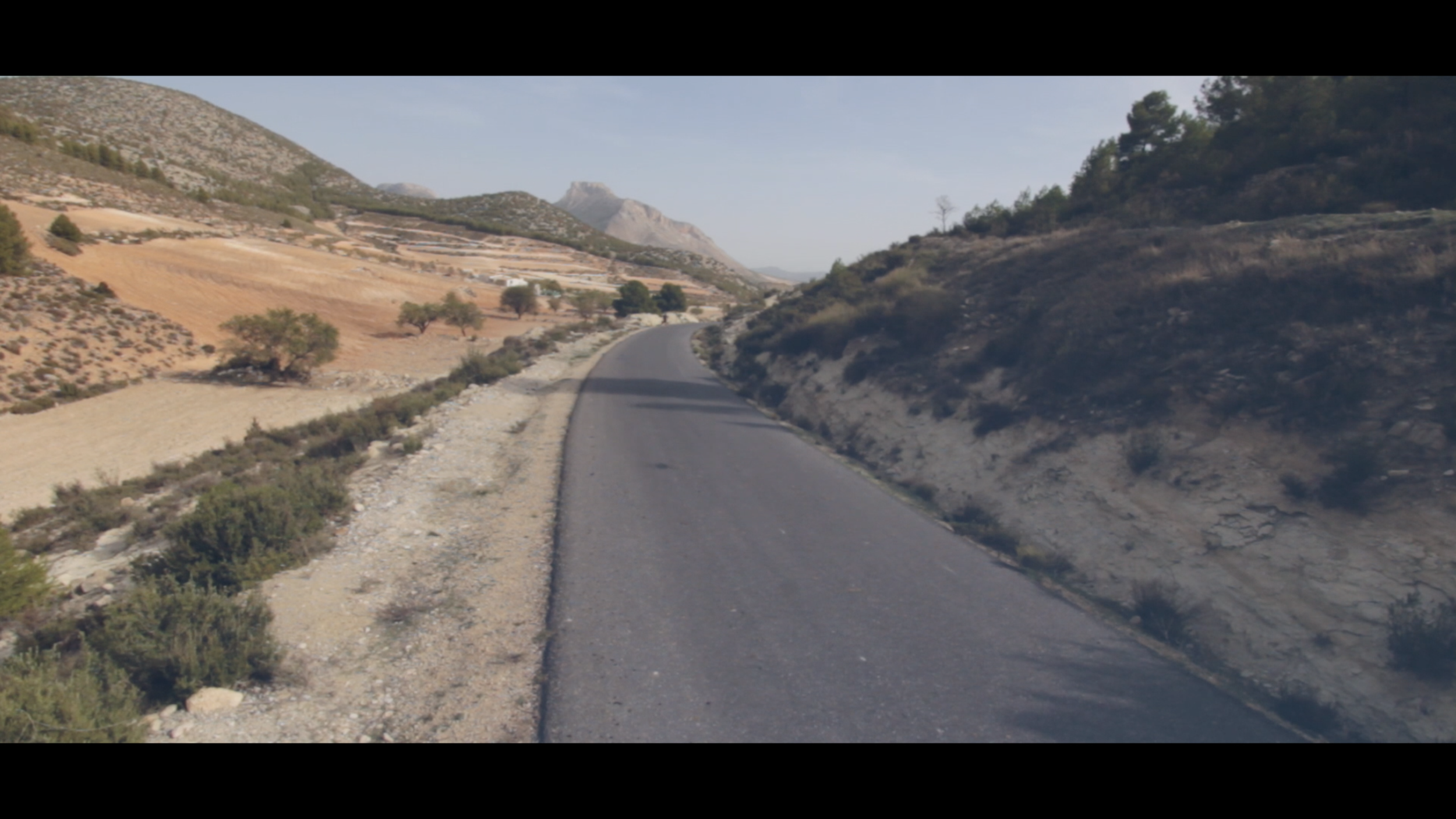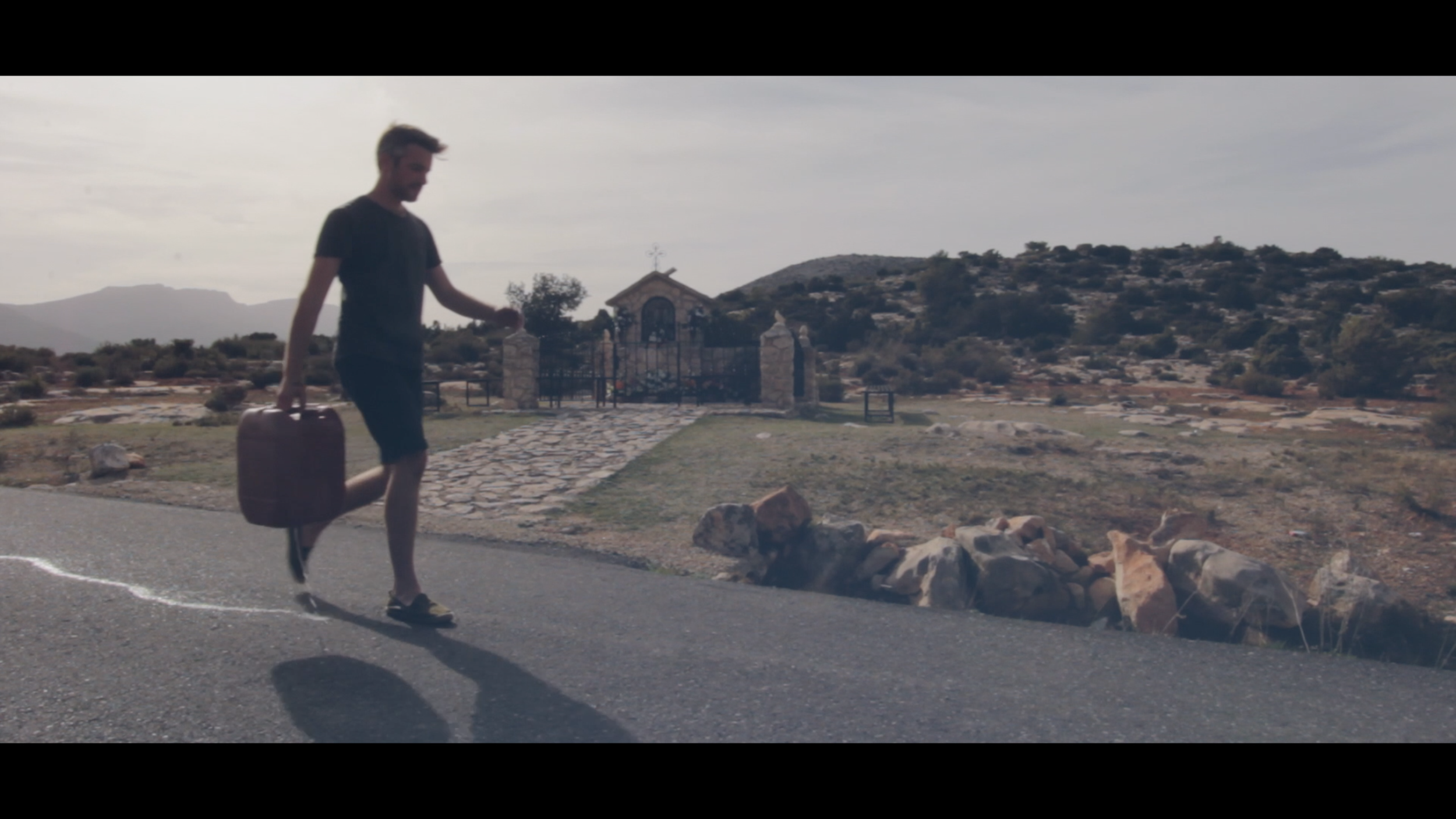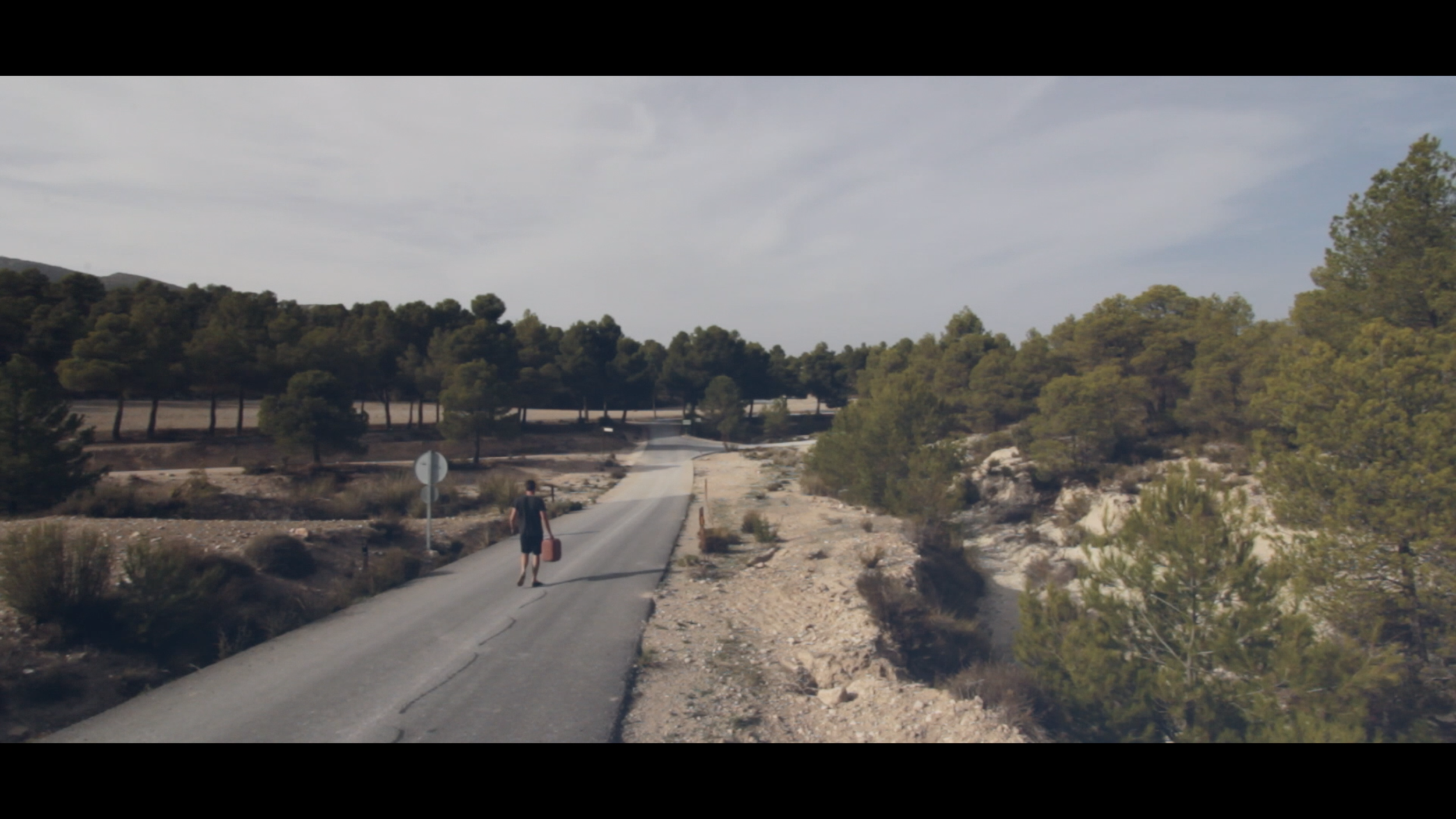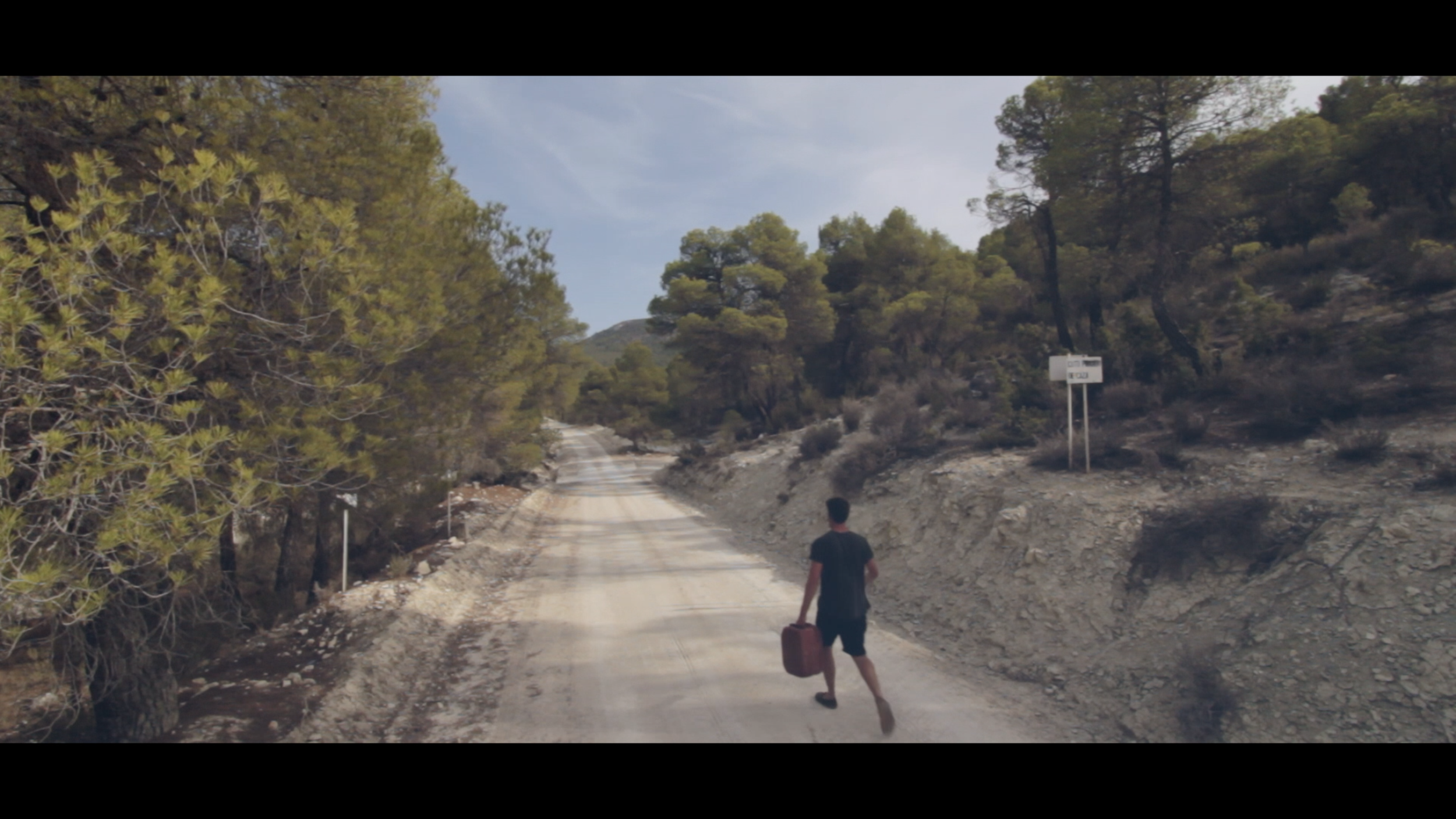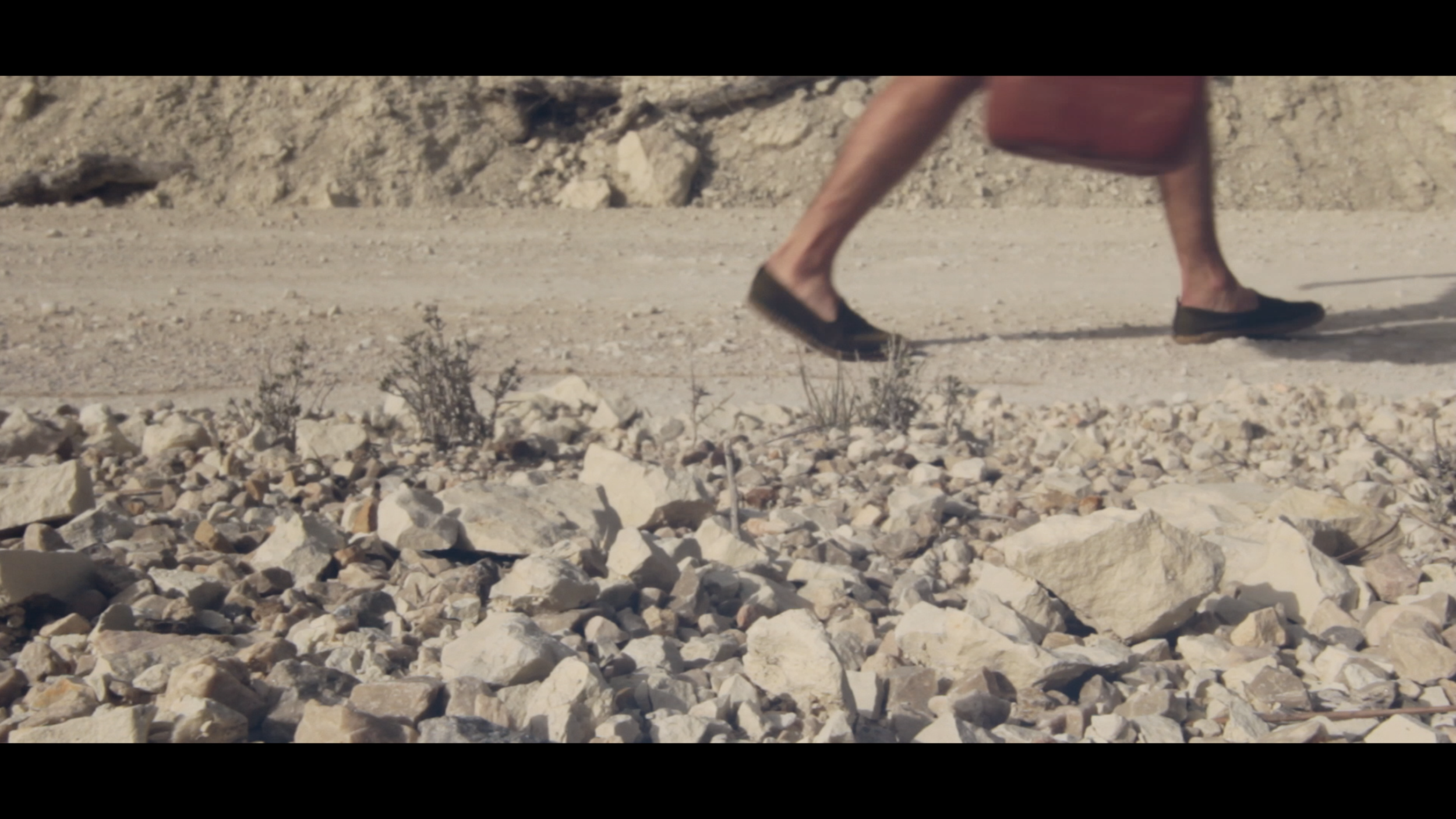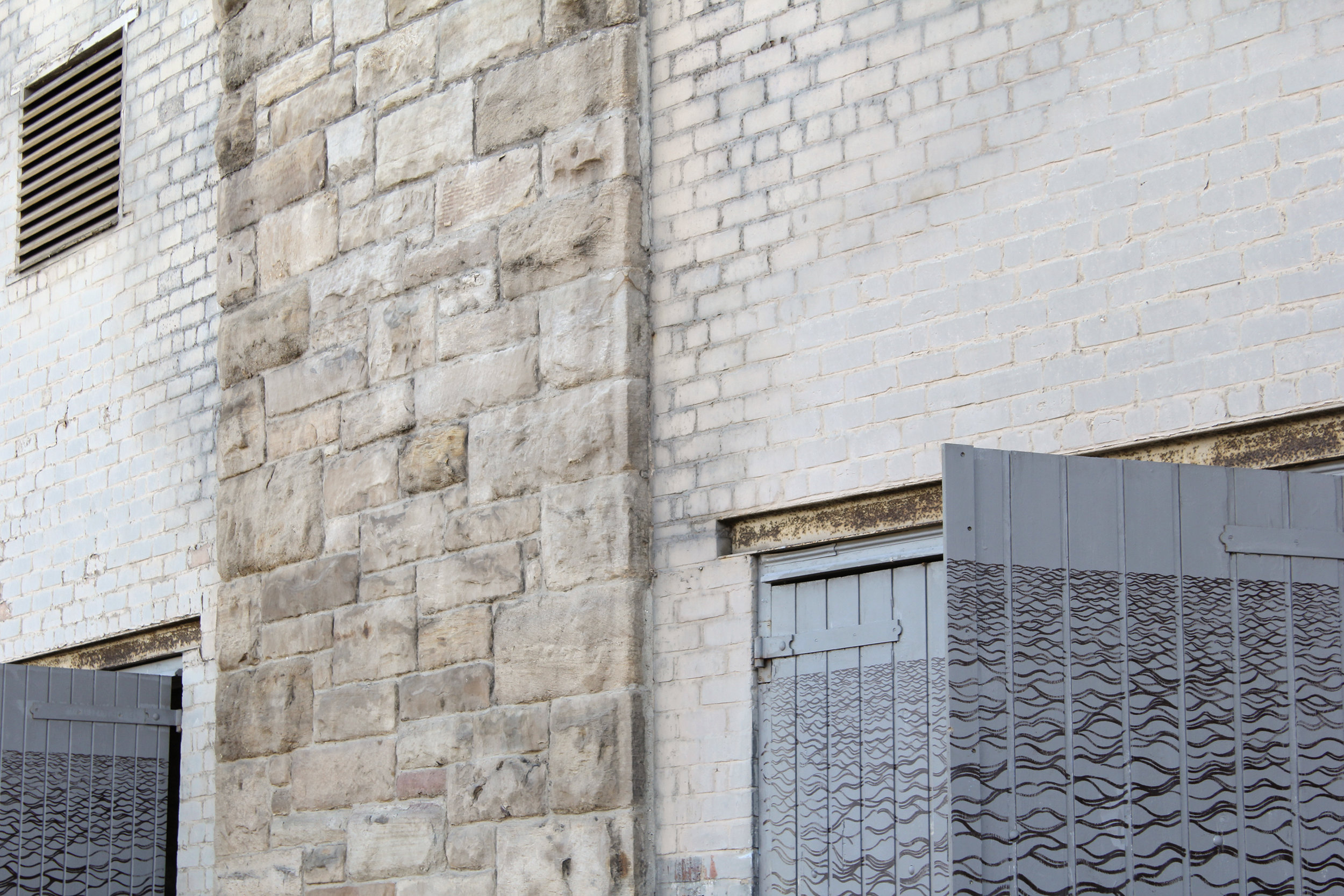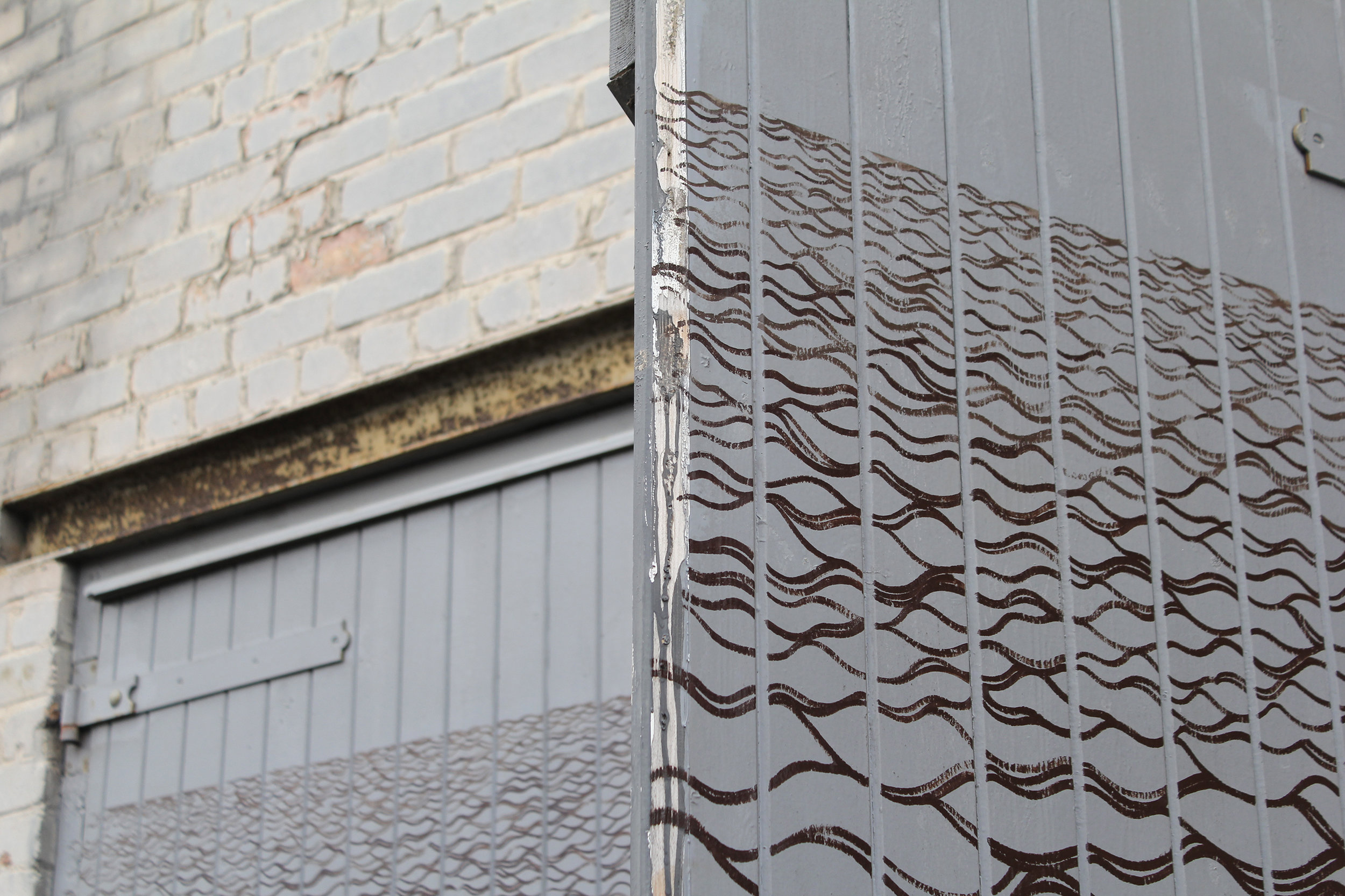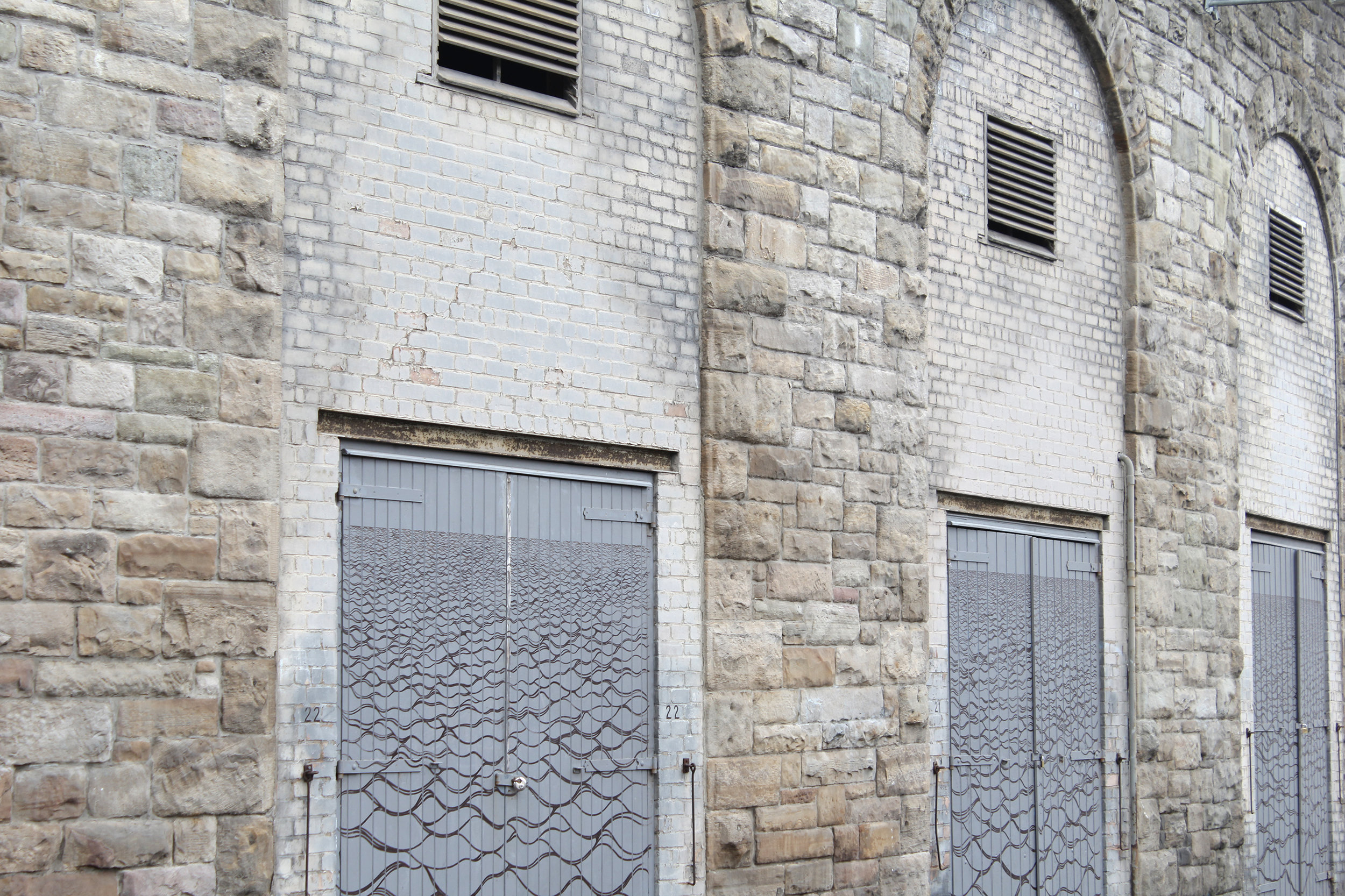Imagined Water
This page brings together selected site specific projects aimed at describing aspects of the past lives of places. These artworks each pick a different event or issue to explore. As in much of Cass’ painted works, these artworks are mostly concerned with water, and extremes: chiefly drought and inundation.
This project used protective netting as an imaginary exchange for water: draped as if flowing through long dry fissures and barrancos (river-beds) in an arid-zone.
“I’m here during one of Andalucía’s worst droughts since 1857. It’s rained (almost) four times since January 1st (2014). I’ve witnessed two of these events: though sadly for those who live and work here, neither could compare to the rain I’m used to at home in Scotland. Crops have failed and farmers are facing bankruptcy. Wells and embalsas (reservoirs) have gone dry. Almond and Olive trees have died in their tens of thousands.”
Espejismos
Espejismo: Mirage / Optical Illusion / Wishful Thinking
“Polyester is a material that can be shaped into any form: it’s the stuff of fantasy. In this case, the fantasy is water. These false puddles were created using eco-resin – planted and harvested – in soil from an arid-zone.
Formed using an environmentally friendly casting agent to mirror plastic, these works link tangentially to one reason why this landscape is suffering. The production of plastics contributes to greenhouse gasses, which hampers the ability of our atmosphere in holding and transporting moisture. The result is that warmer locations such as this are growing ever warmer.”
17,820 Days Dry
This film was created in the Parque Natural Sierra de María-Los Vélez, in Almería (Spain). This film explores rainfall – or, the lack of rainfall – in a landscape increasingly susceptible to desertification. The film follows an imaginary journey to and from the well that serves a rural community in an arid-zone.
“A reproduction of Francisco Goya’s ‘Autumn, or The Grape Harvest’ (1787) sits just above the principal fuente (spring) in Vélez-Blanco. This is the closest functioning spring to [where, at the point of writing this text, I’m currently staying]. It’s 11.5km away.
The fuente was given a makeover a couple of decades ago, and Goya’s harvest painting was chosen to embellish the tiles above the caños (spouts) – a reference to what once was – for this land hasn’t always been arid, grape-vines did once grow in abundance here.
Filmed in a drought, all was dry for miles around, though in fact the well where I’m staying hasn’t functioned for over five decades, hence the film’s title. There’s a hole in my container and I’m exaggeratedly dripping water all the way back. I want to illustrate just how precious water is in this environment: water wastage is akin to moderate crime here. What I’m also trying to convey is the constant and unquenchable thirst I’m experiencing. The temperature is in the high twenties and we’re at the start of November. The altitude means that I’m constantly dry. So, even drinking leaves me unsatisfied, so what does it matter if the water I collect doesn’t make it home? The film illustrates a kind of cycle, a never-ending thirst. The land here has that same thirst, and this is the key point this film sets out to make.”
Twin Cities
“For a long time I had wanted to create one of my seascapes outdoors: to create an artwork larger than myself and larger than its audience, to position the viewer within the piece. I wanted to work on a scale that far exceeded anything I’d previously created: this piece was easily eight times larger than anything I’ve worked on before. I so often work upon dismantled objects/surfaces/planes (including doors) in my studio, this time I was working on doors that were still in use. I was unable, for example, to rotate my canvas or approach from a more manageable angle, I most often paint upon surfaces laid out flat. The sheer size of these vault doors made scaffolding and ladders a necessity.”
“The idea for this mural came after learning that Edinburgh and Florence are twinned cities, and have been for fifty years – yet that fact is little-known. During the early hours of 4th November 1966 an enormous weight of water was propelled at great speed towards Florence, as the river Arno spilled over, rushing to fill every nook and crevice of the city. Mud, oil, fuel and filthy water spread and rose – to 22 feet (6.7 m) in Santa Croce – covering almost 7000 acres. By the evening of that very same day the waters began to recede, leaving behind some 600,000 tons of mud and debris – a ton of mud for each inhabitant – and utter devastation to the city and its people. The legacy of the flood lives on today. This mural re-imagined that inundation, fifty years on and in Florence’s twin city. The decision to use only a dirt-brown oil paint came from the flood aftermath: tide-marks left by the contaminated floodwaters. ”


